Dive into the magic and mystery of Japan with this easy-to-follow guide to the top tourist attractions. Japan is a country like no other, with a deep history and an exciting look to the future. You can climb the beautiful Mount Fuji, meet the friendly deer in Nara, and experience the busy rush of Shibuya Crossing.
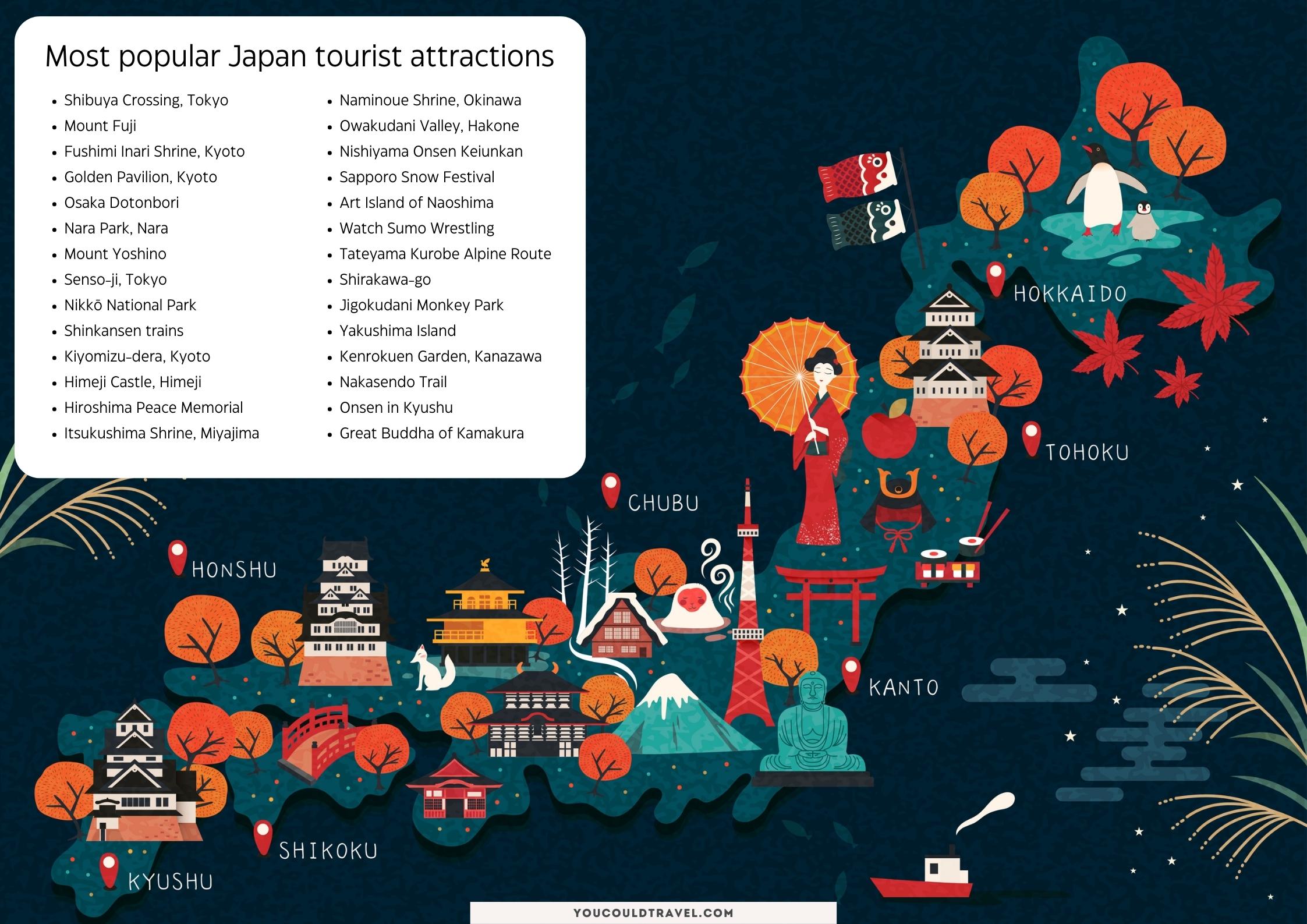
Japan is so special, you’ll want to return again and again. Each city is a tourist attraction in its own right, with something different around every corner. There are old traditions, modern technology, amazing scenery, and some of the world’s tastiest food.
In this article, we will journey through the top attractions that define Japan. These top spots capture the spirit of the country so well, they are sure to make you want to pack your bags and start planning your next trip to Japan asap.
Table of Contents
- Shibuya Crossing, Tokyo
- Mount Fuji
- Fushimi Inari Shrine, Kyoto
- Golden Pavilion, Kyoto
- Osaka Dotonbori
- Nara Park, Nara
- Mount Yoshino
- Senso-ji, Tokyo
- Nikkō National Park
- Shinkansen trains
- Kiyomizu-dera, Kyoto
- Himeji Castle, Himeji
- Hiroshima Peace Memorial
- Itsukushima Shrine, Miyajima
- Naminoue Shrine, Okinawa
- Owakudani Valley, Hakone
- Nishiyama Onsen Keiunkan
- Sapporo Snow Festival
- Art Island of Naoshima
- Watch Sumo Wrestling
- Tateyama Kurobe Alpine Route
- Shirakawa-go
- Jigokudani Monkey Park
- Yakushima Island
- Kenrokuen Garden, Kanazawa
- Nakasendo Trail
- Onsen in Kyushu
- Great Buddha of Kamakura
Shibuya Crossing, Tokyo
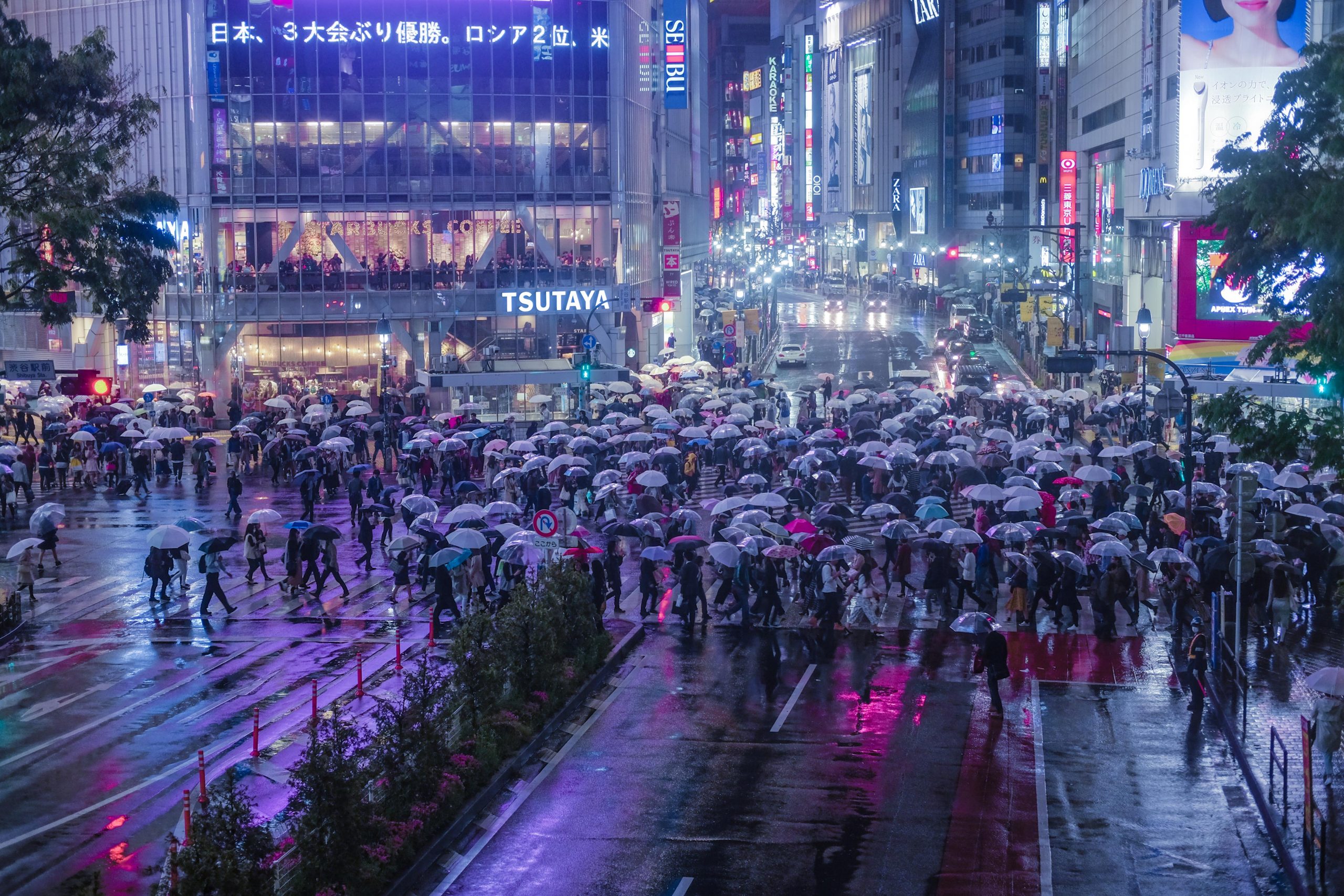
Shibuya Crossing is the world’s busiest pedestrian intersection and a perfect representation of Tokyo’s organized chaos. It has been featured in many international movies, including “Lost in Translation” and “Fast and Furious: Tokyo Drift” which helped solidify its status as an iconic symbol of Tokyo’s bustling urban life. Everyone who visits Japan, comes to Shibuya Crossing.
Cross it, admire it from the viewing platforms nearby, or head to the Shibuya Sky to see it properly from above. Seeing Shibuya Crossing is the best thing to do in Shibuya and for me, personally, was a dream come true. I thought it would be a lot scarier in real life, but in truth, pedestrians cross paths with each other in what looks like a chaotic dance. It’s actually really beautiful and crossing the Shibuya intersection feels like being part of Tokyo’s beating heart.
Shibuya Crossing is actually a relatively recent phenomenon in terms of its current form and fame. The area of Shibuya itself has a much longer history, with its name first appearing in records from the 11th century. Over the centuries, it has been a site for a castle, a post-town along a major route, and then a railway terminal when the Yamanote Line was built in 1885.
As Tokyo grew and modernized, so did Shibuya, and it became a popular shopping and entertainment district. The crossing as it is recognized today didn’t start to take shape until the late 20th century. It gained fame both domestically and internationally for the sheer number of people crossing at each light change, becoming a symbol of Tokyo.
Mount Fuji
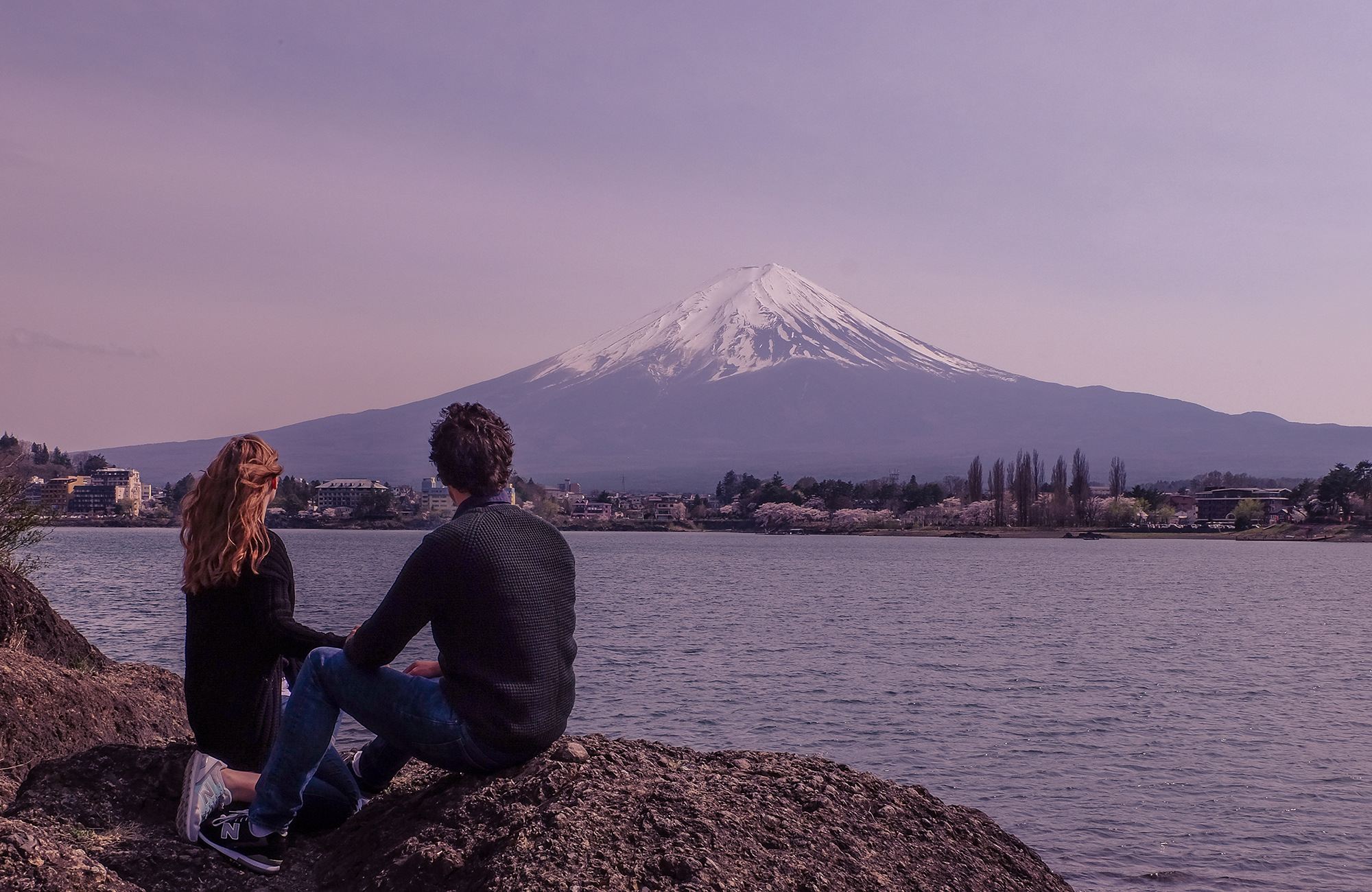
Mount Fujisan is one of the most important landmarks of Japan. No trip to Japan is complete without an attempt to see the grandeur of Mount Fuji in real life. And here’s the thing, pictures really don’t do it justice. The first time I’ve seen Mount Fuji in front of me, it was so much more majestic than I’d ever expected.
Mount Fuji is huge! It is after all the highest mountain in Japan, standing at 3,776 meters (12,389 feet). Its symmetrical cone shape, often snow-capped, has made it a symbol of beauty and perfection in Japan, frequently depicted in art, literature, and photography. Once you set eyes on it, it’s honestly hard to look away.
It was added to the World Heritage List as a Cultural Site by UNESCO in 2013 because of its cultural and aesthetic importance. Anyone can visit Mount Fuji, and during the official climbing season (July and August), anyone who is physically fit can attempt to climb it. I preferred just admiring it from Hakone and from Lake Kawaguchiko.
Fushimi Inari Shrine, Kyoto
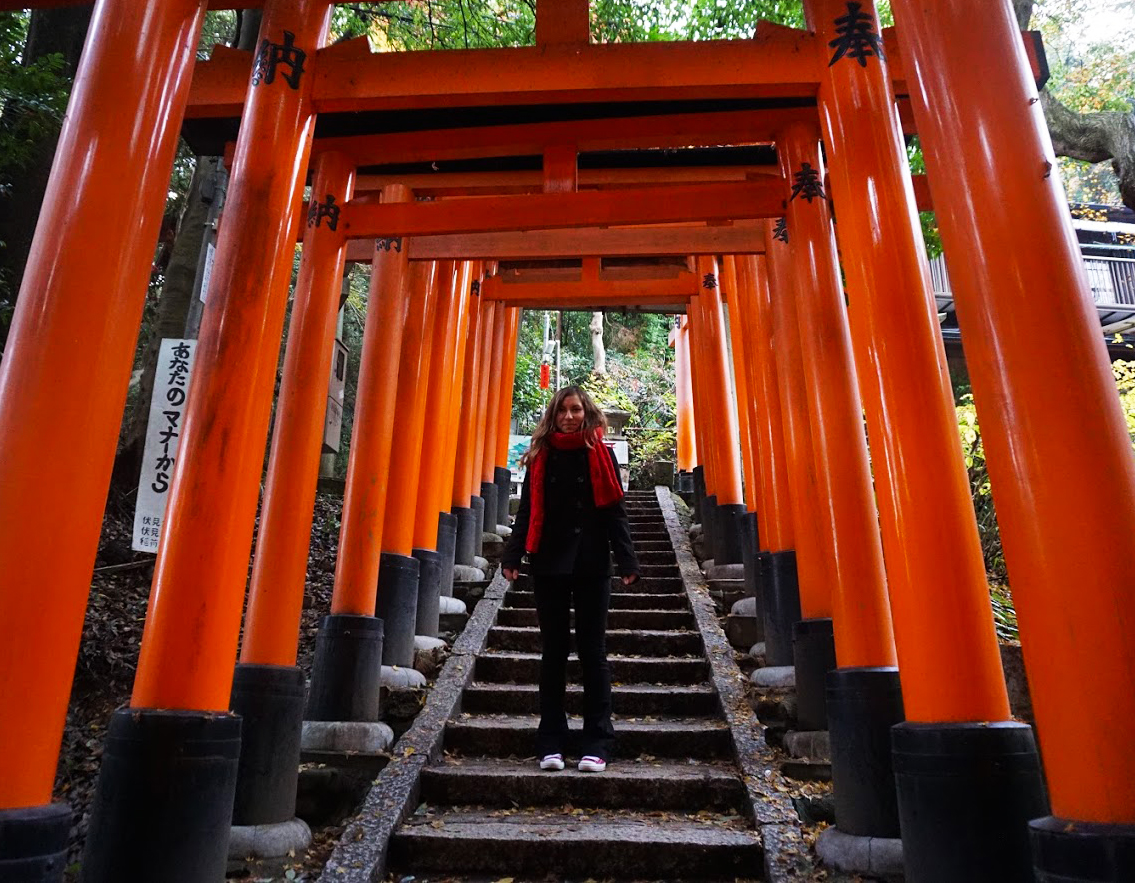
Fushimi Inari Shrine is one of the most popular tourist attractions in Japan. It’s one of the most important and revered Shinto shrines in Japan, dedicated to Inari, the Shinto god of rice and agriculture, but also of business and industry.
The shrine is especially popular because of its iconic path of over 10,000 bright orange torii gates, which go up the sacred Mount Inari and through a thick forest. It’s the perfect photo opportunity, and it’s very popular year round.
To make the most of your visit to Fushimi Inari Shrine, I recommend visiting as early in the morning as possible. When we visited at 7 am, there were barely any people around, making it much easier to navigate the site and stop for pictures. It takes about 2-3 hours to walk up and down the mountain. Once you finish the hike, make sure to eat some of the delicious street food from the stalls dotted all around the base of Fushimi Inari Shrine and en route to the Fushimi train station.
Golden Pavilion, Kyoto
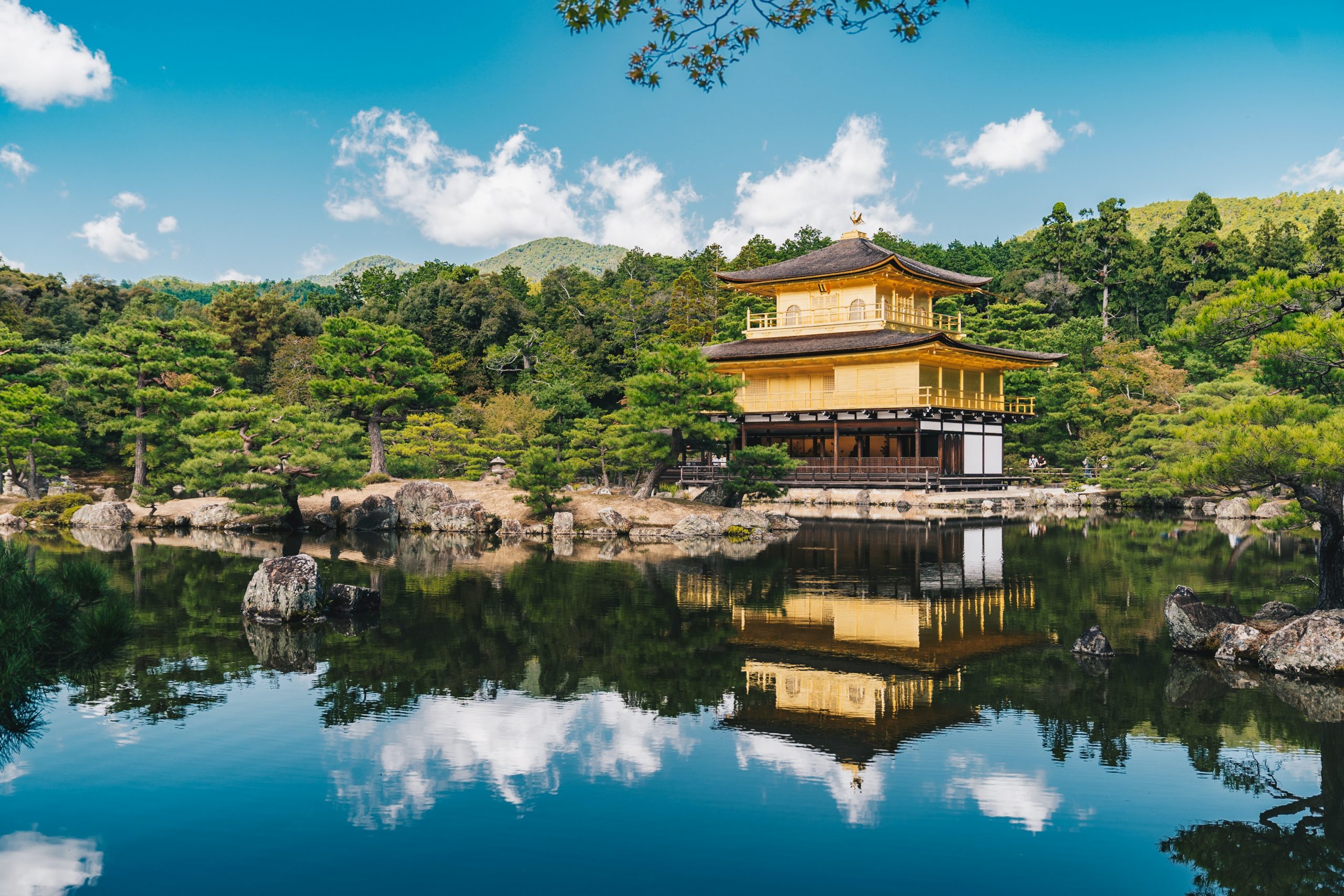
The Golden Pavilion, or Kinkaku-ji, is one of the most famous and visited landmarks in Kyoto. Its top two floors are entirely covered in gold leaf, and it looks especially magnificent, when it is reflected in the mirror pond surrounding it.
If you’ve ever seen a picture of the Golden Pavilion, I’m here to tell you that this beautiful temple looks the same in real life. It’s one of the most beautiful temples in the whole of Japan, and I genuinely understand why it’s such a popular attraction.
The pavilion is also a UNESCO World Heritage site and an iconic symbol of Kyoto. The Golden Pavilion was originally built in 1397 as part of a new residence for the retired shogun Ashikaga Yoshimitsu. After his death, it was converted into a Zen temple.
While it is not possible to enter the temple itself, you can still appreciate its beauty from many perspectives within the serene zen garden surrounding it.
Osaka Dotonbori
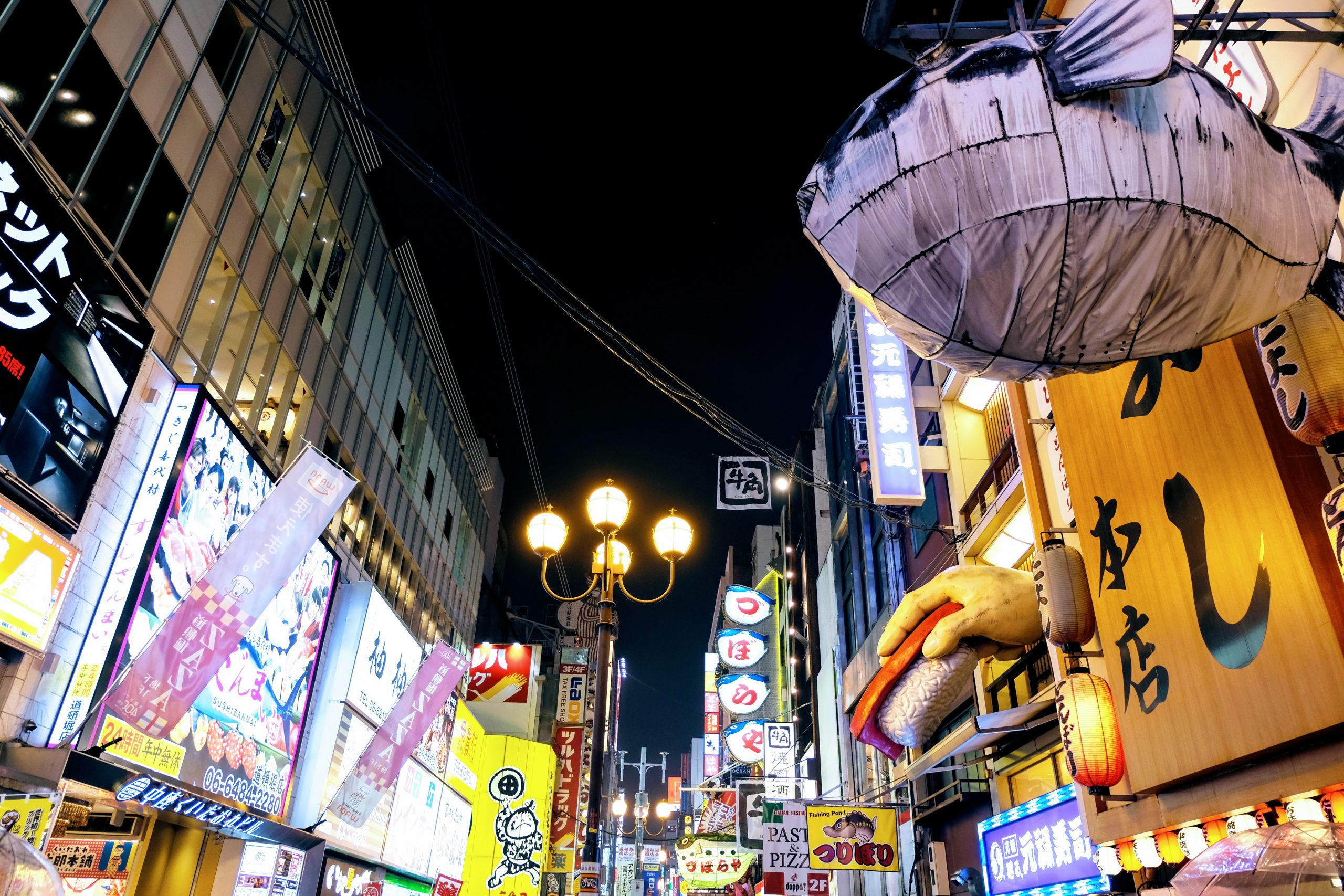
Dotonbori in Osaka is a lively district and the perfect combination of street food and elaborate neon lights. It’s the place to visit to eat takoyaki (octopus balls) and okonomiyaki (savoury pancake). And you can’t miss Mitarashi-dango and Kushikatsu (deep-fried meat and veg covered in breadcrumbs).
But beyond street food stalls, there are plenty of restaurants too, where you can taste some of the best ramen in the city.
People come to eat in Dotonbori from all over the world and yeah, it’s one of the best things to do in Osaka. After all, Osaka is considered the city of gluttony and Dotonbori is frequently associated with the term “kuidaore”. Kuidaore, written as 食い倒れ in Japanese, translates to the act of indulging in food extravagantly to the point of financial ruin, or more colloquially, “eating until you drop”. It’s best known from the proverb that translates to “Dress extravagantly in Kyoto, eat extravagantly in Osaka”.
Nara Park, Nara
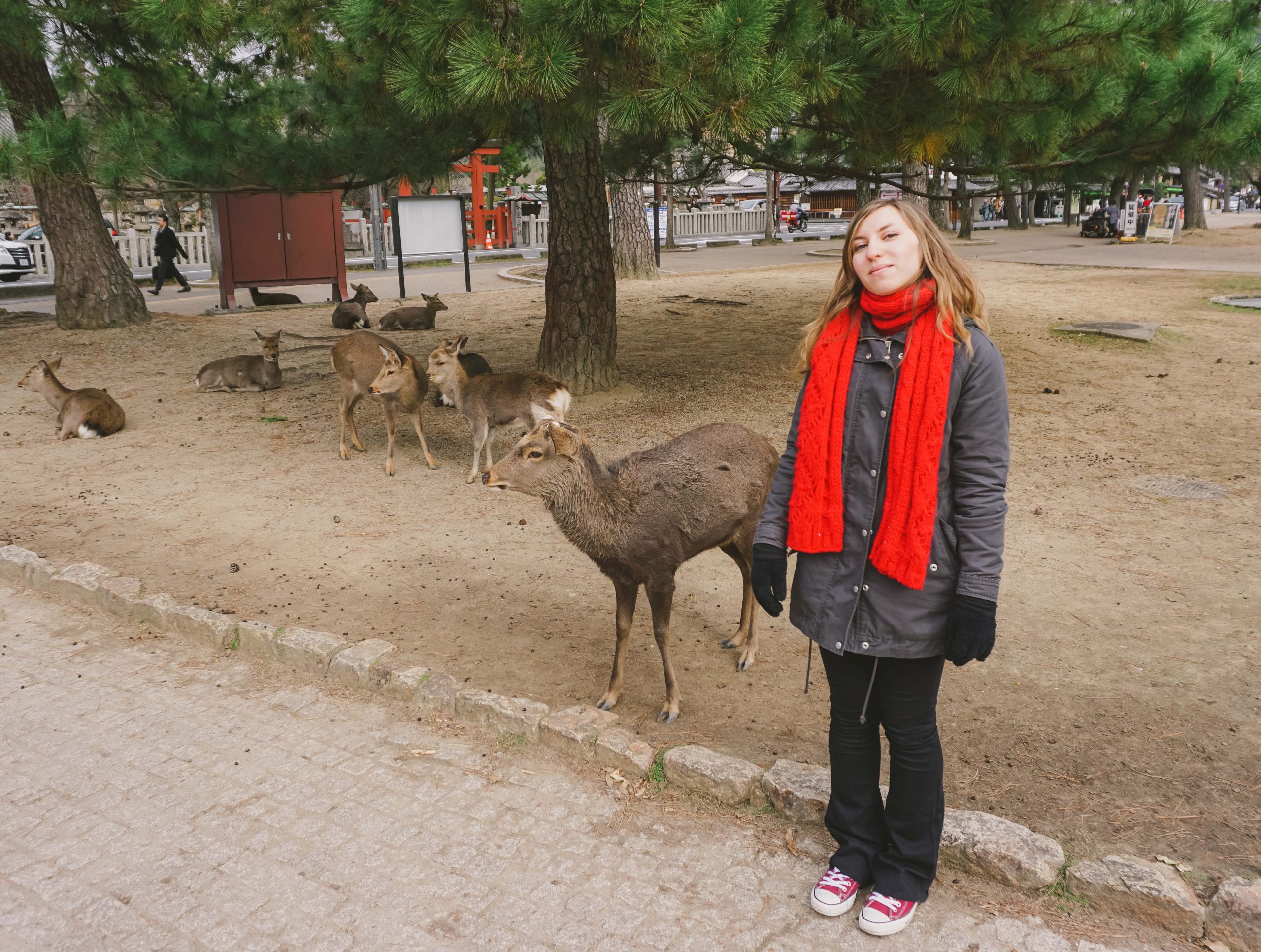
Nara Park is a popular attraction in the city of Nara, known for its 1,200 free-roaming sika deer. The deer are considered sacred and are a natural monument of Japan. They are considered (Shinto) Kami-sama (deity) messengers that symbolize death and rebirth.
You can buy the special shika senbei (deer crackers) and feed the deer. You will undoubtedly observe the deer bowing before you, a charming behaviour they have learned from the generous Japanese people who provide them with food.
However, a word of caution: after feeding the deer, it is not uncommon for them to trail behind you, hoping for more treats. While it is safe to disregard them, it is advisable to keep your belongings out of their reach, as some mischievous deer have been known to attempt snatching anything that resembles food from your hands.
Mount Yoshino
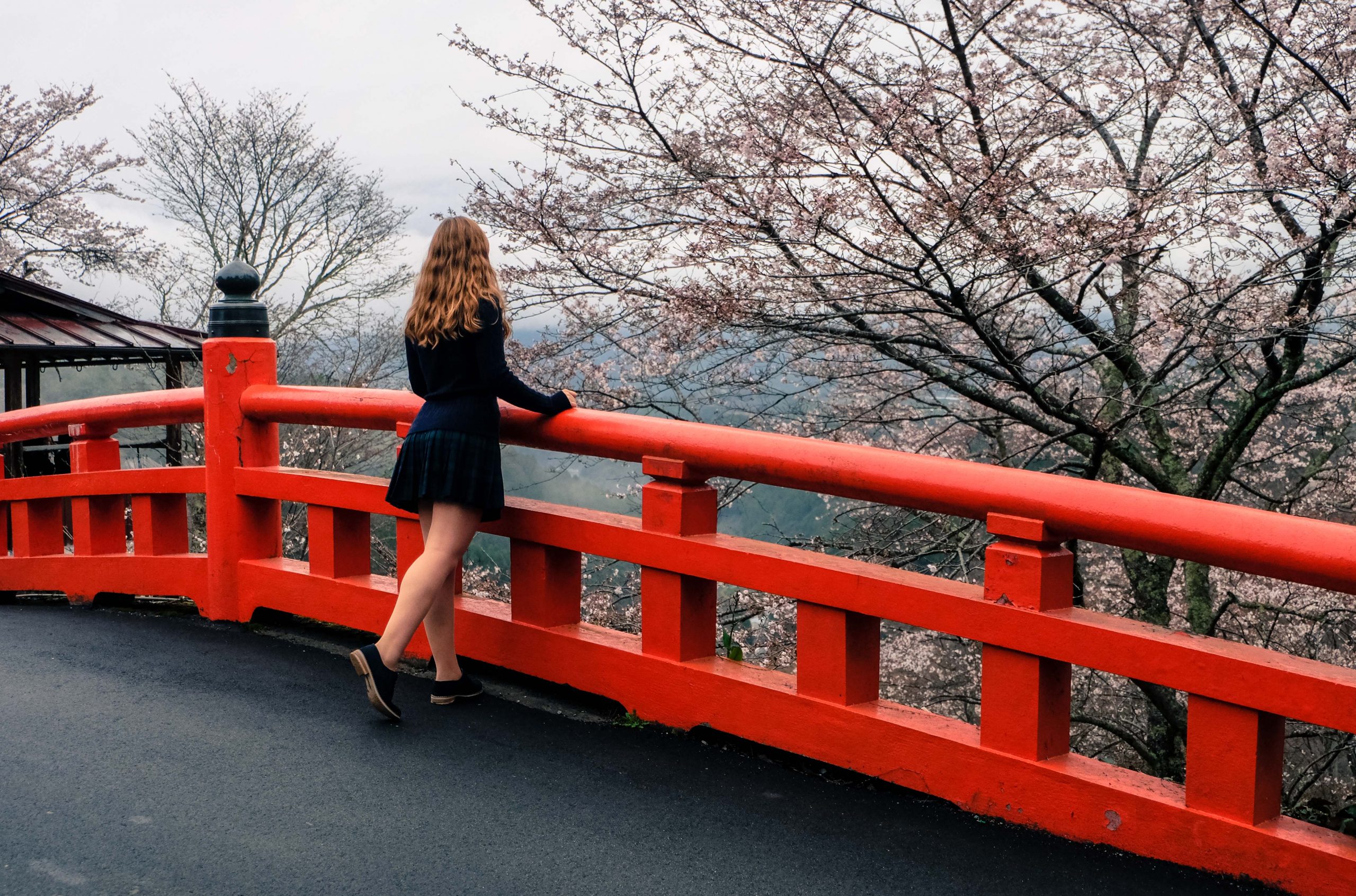
Mount Yoshino is considered one of the most beautiful places to observe the cherry blossoms in Japan as it has over 30,000 sakura trees on the mountain slopes. Beyond hanami, Yoshino is such a stunning location, perfect for a year round hike. You’ll find shrines and temples along the main route, many part of the UNESCO World Heritage Site Sacred Sites and Pilgrimage Routes in the Kii Mountain Range.
At the base of the mountain, you’ll find many street food stalls with dango, noodles and ayu (grilled fish on a stick). Visit the Kinpusenji Temple and Yoshimizu Shrine, and go all the way to the Kami Senbon (600 metres up the mountain) and Oku Senbon (800 metres up the mountain) for incredible vista points.
Senso-ji, Tokyo
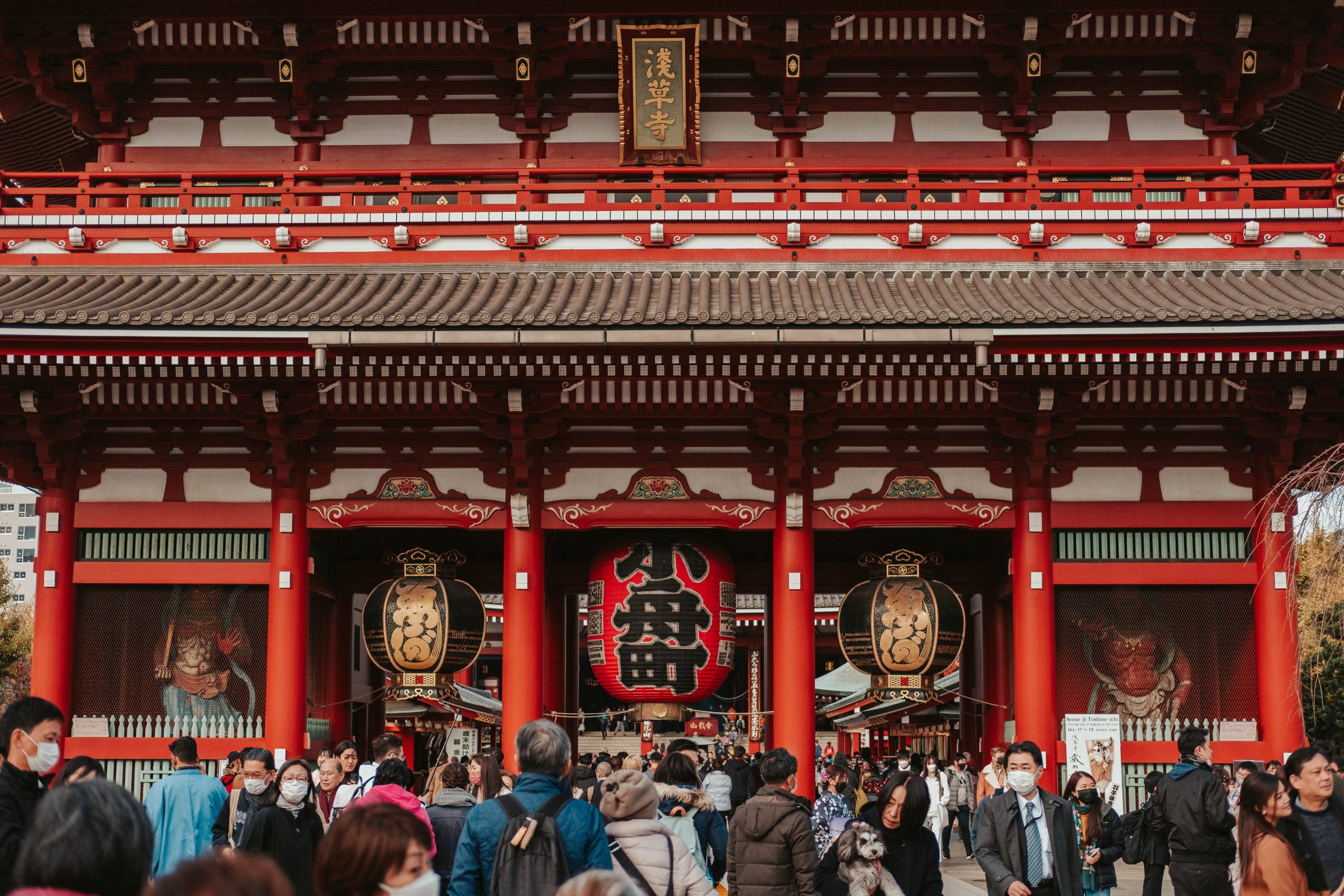
Senso-ji is the oldest temple in Tokyo and a significant symbol of Buddhist. It’s a very popular attraction, famous with locals and international tourists too. One of the most striking features is its impressive gate called Kaminarimon (Thunder Gate), featuring a large red lantern and statues of the deity of thunder and wind.
Senso-ji means Asakusa temple. Senso is another reading for Asakusa, the area where the temple is located, and ji means temple in Japanese.
Senso-ji is dedicated to Kannon, the Buddhist goddess of mercy. But there’s more to Senso-ji. The street leading to the temple, called Nakamise-Dori is lined with shops selling traditional souvenirs, crafts and street food. When exploring the temple grounds, be sure to acquire an omikuji, a traditional Japanese fortune-telling paper strip. If your fortune turns out to be favourable, keep it with you for good luck. However, if you receive an unfavourable fortune, simply wrap it around the designated fortune trees within the temple grounds. By doing so, you are symbolically entrusting the gods to handle and safeguard the negative fortune on your behalf.
Nikkō National Park
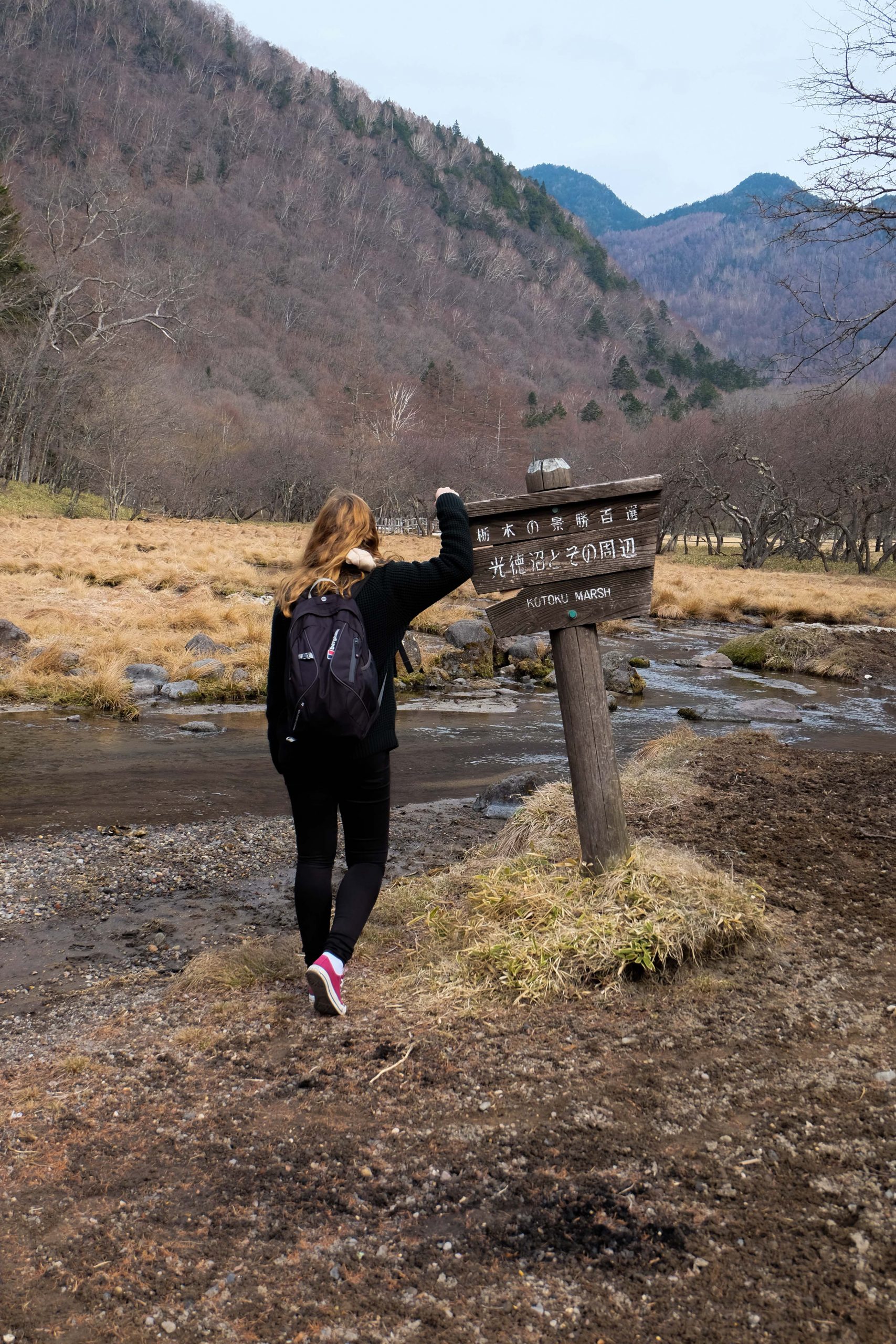
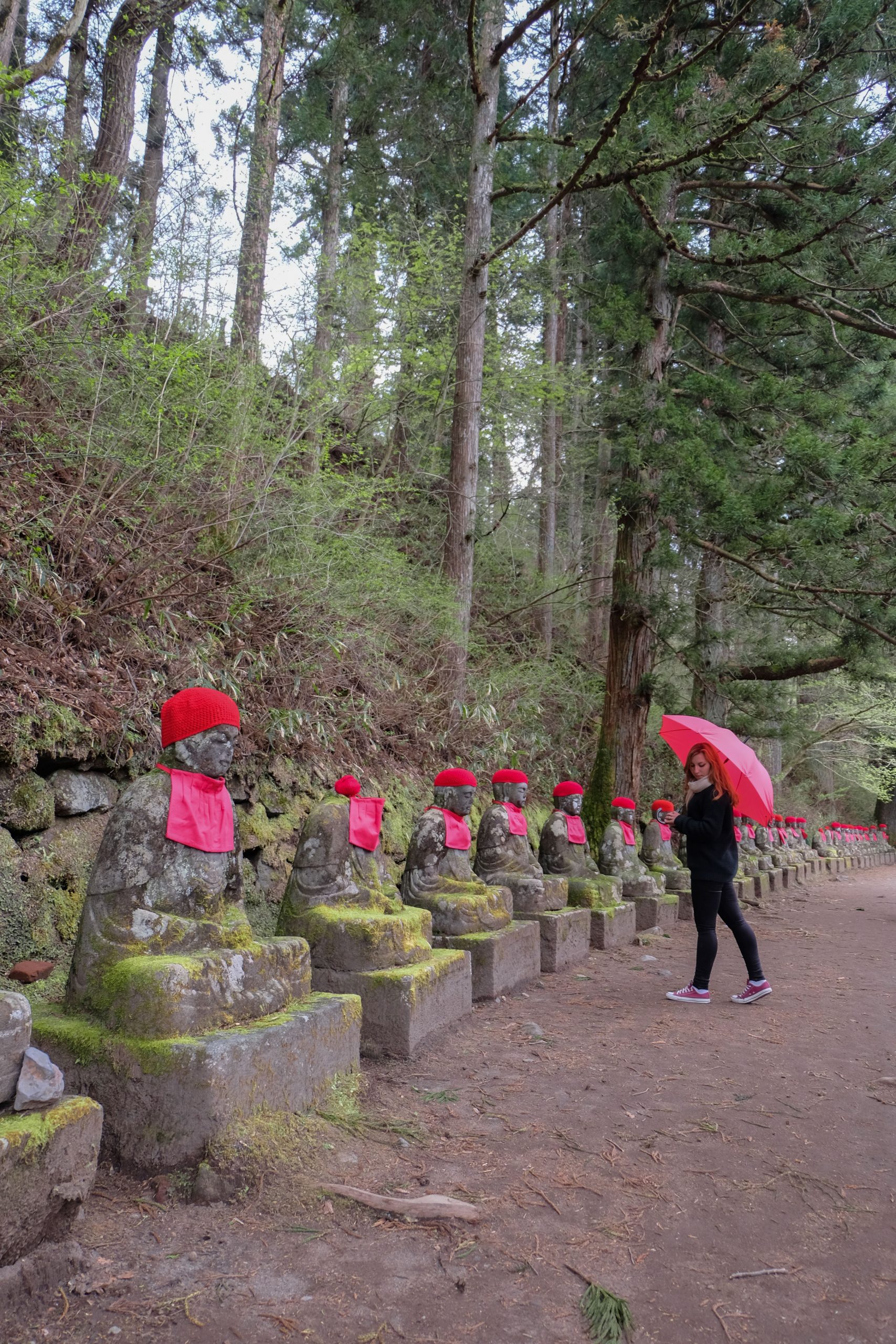
One of the most beautiful places to visit in Japan is the Nikkō National Park. You will see beautiful shrines and temples, mountains, lakes, waterfalls, and hot springs. And the best part? A day trip to Nikko from Tokyo is easy to do.
If your Japan itinerary permits it, I recommend staying the night in Nikko, to enjoy the hospitality in a ryokan with onsen, which usually includes dinner and breakfast in the price.
Either way, the highlights of Nikko include the ornate Toshogu Shrine, Rinnoji Temple, and Futarasan Shrine, all part of the UNESCO World Heritage site. Natural attractions include Lake Chuzenji, the marshlands of Senjogahara, Kegon and Ryuzu waterfalls, the hot springs of Yumoto Onsen, and the scenic landscapes around the volcanic Mount Nantai.
Make sure to get your Nikko All Area Pass for this trip to save money and time. This pass included return tickets Tokyo-Nikko, and all tickets for transportation within the Nikko area. You will definitely rely on the bus routes within Nikko to be able to see most of the attractions.
Shinkansen trains
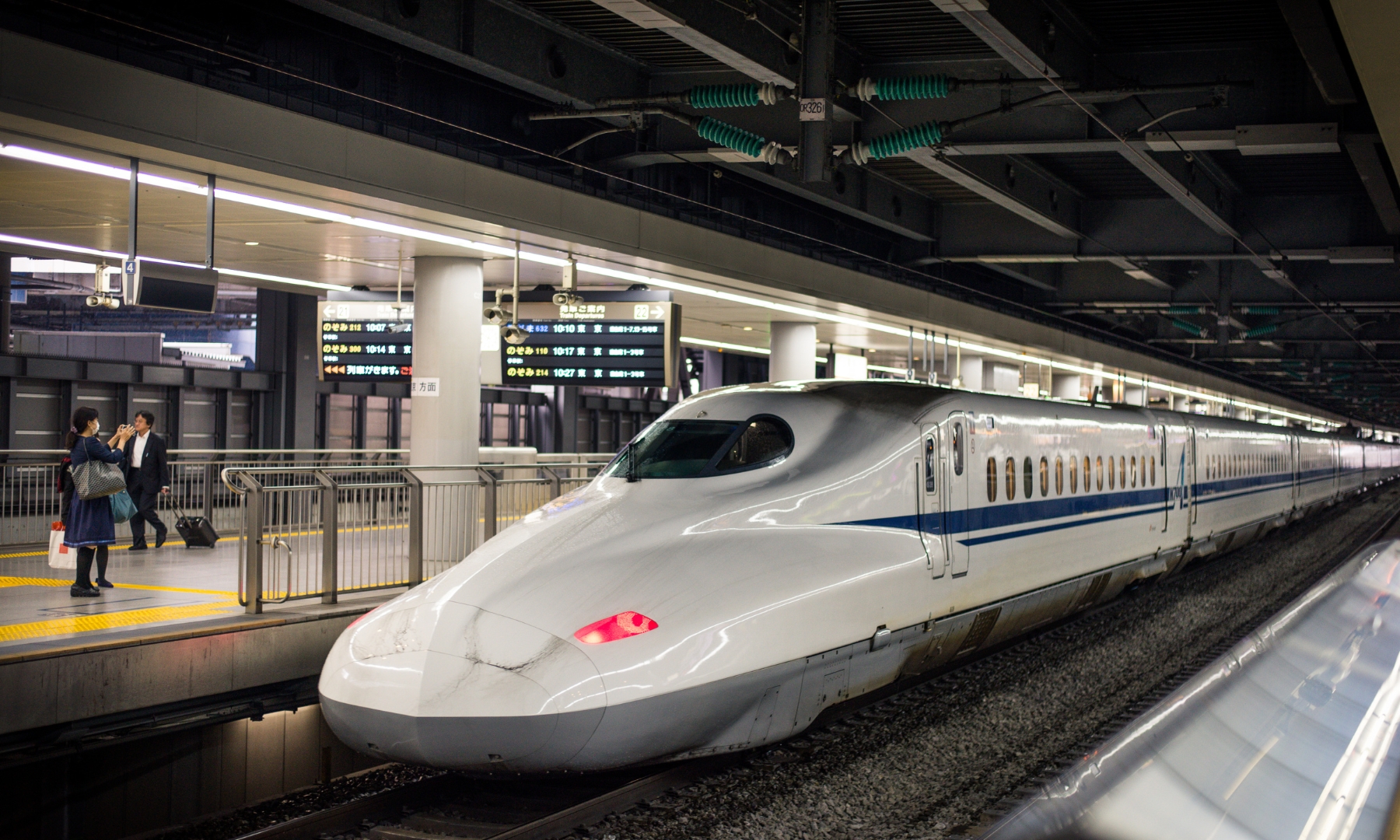
Whether you take a day trip from Tokyo or travel all around Japan, chances are, you will want to travel on the Shinkansen, which is Japan’s famous bullet train. And it’s famous and popular for a good reason. These trains are incredibly speedy, spotless and have an excellent punctuality record, often with average delays measured in seconds.
The name “Shinkansen” literally means “new trunk line” or “new main line”. The fastest Shinkansen, the Hayabusa on the Tokyo to Shin-Aomori route, can reach speeds of up to 320 km/h (200 mph).
Although the train tickets for the Shinkansen may come at a significant cost, they are worth the price. For instance, a ticket from Tokyo to Kyoto on the Shinkansen is priced at 14,000 yen ($100). However, the journey only takes an impressive 2 hours and 11 minutes to cover a distance of approximately 370 kilometres (225 miles).
Kiyomizu-dera, Kyoto
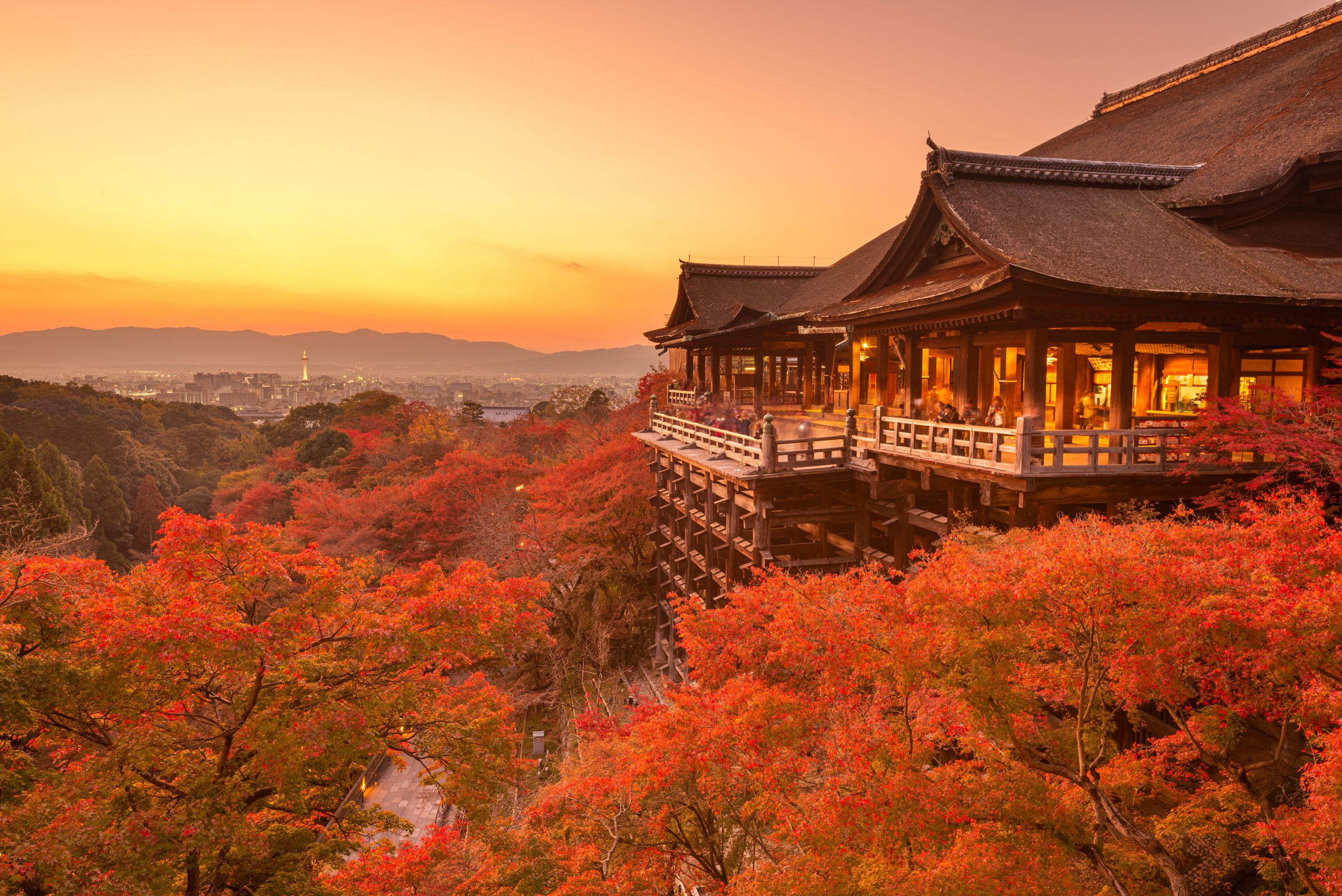
Kiyomizu-dera (Pure Water Temple in Japanese) is one of the most celebrated temples in Japan and is a UNESCO World Heritage Site. The temple offers impressive views of Kyoto from its wooden terrace, and its main hall, featuring a large veranda supported by tall pillars, is an architectural marvel.
It’s particularly popular during the cherry blossom but in my opinion, seeing it during the autumn leaf season (koyo festival) is even more picturesque.
Don’t miss the Otowa Waterfall at the base of the Kiyomizudera’s main hall. You will see three different streams of water, and each is said to offer a different benefit. Use the cups attached to long poles to drink for health, longevity, and success in studies. I know what you’re thinking, can’t you drink from all three streams to have all the luck? Well, you can, although this is considered greedy so ideally, you’ll pick the one you need most.
Himeji Castle, Himeji
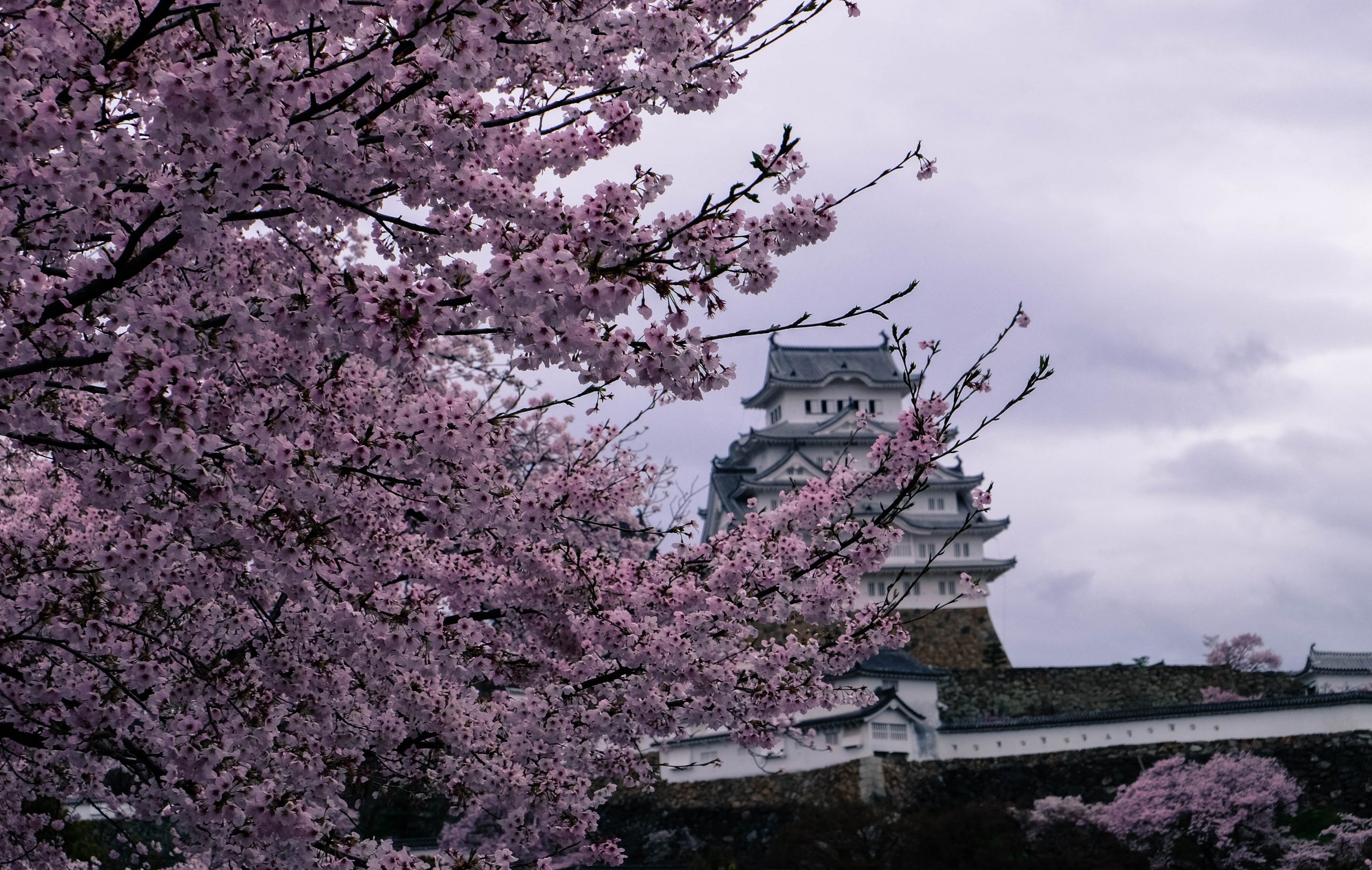
Himeji Castle is a designated a UNESCO World Heritage Site, famous for its brilliant white exterior and sophisticated defensive architecture. Because of its white exterior, it’s often called the White Heron Castle, as its elegant appearance resembles the beautiful bird.
Himeji Castle is one of Japan’s twelve original castles. During the tour of the castle, you can learn so much about its network of 83 buildings with advanced defensive systems from the feudal period.
During sakura season, Himeji Castle is the most perfect place for photos. The street that leads to the castle entrance is adorned with cherry trees, creating a picturesque frame around the pristine white castle.
Besides the castle itself, a visit to Himeji is incomplete without exploring Koko-en, a beautiful traditional garden, and the serene Buddhist temple of Engyoji. To reach the castle from the station, you can traverse the covered street called Miyukidori, which is lined with shops and restaurants.
Hiroshima Peace Memorial
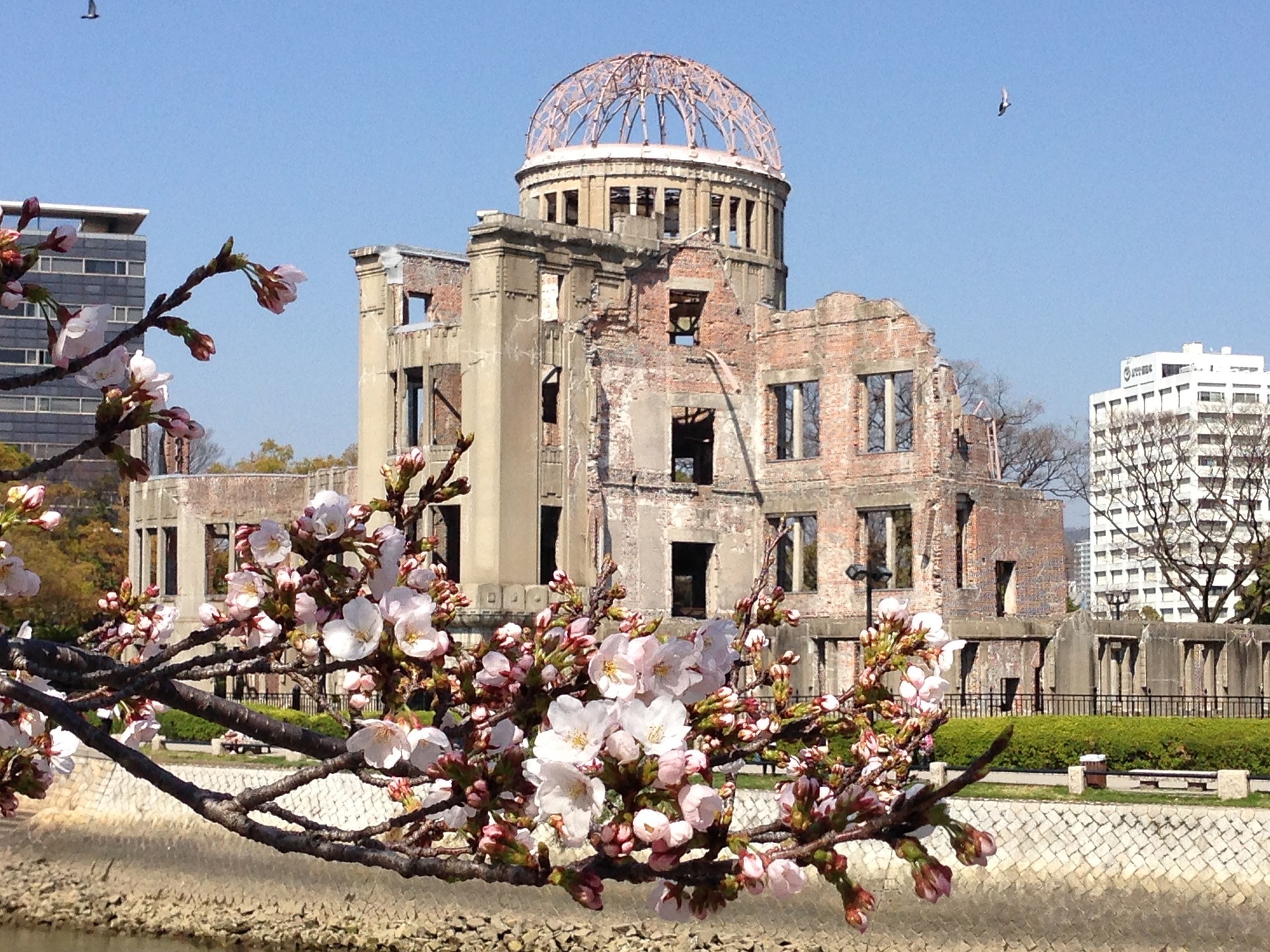
The Hiroshima Peace Memorial, also known as the Atomic Bomb Dome or A-Bomb Dome, is a symbol of Hiroshima’s tragic past. The ruin serves as a memorial to the people who were killed in the atomic bombing of Hiroshima on August 6, 1945.
The structure was nearly directly beneath the bomb’s detonation and was one of the few buildings left standing in the area. It was designated a UNESCO World Heritage Site in 1996. A word of warning: while it’s safe to be in Hiroshima and at the Hiroshima Peace Memorial, it is important to note that the visit can be emotionally challenging. Witnessing the aftermath of the atomic bombing will evoke feelings of helplessness and profound sorrow, seeing and learning about the suffering and devastation caused.
Nonetheless, the significance of this historical site cannot be understated. It serves as a poignant reminder and a symbol of hope, urging for world peace and the global effort towards the abolition of nuclear weapons.
Itsukushima Shrine, Miyajima
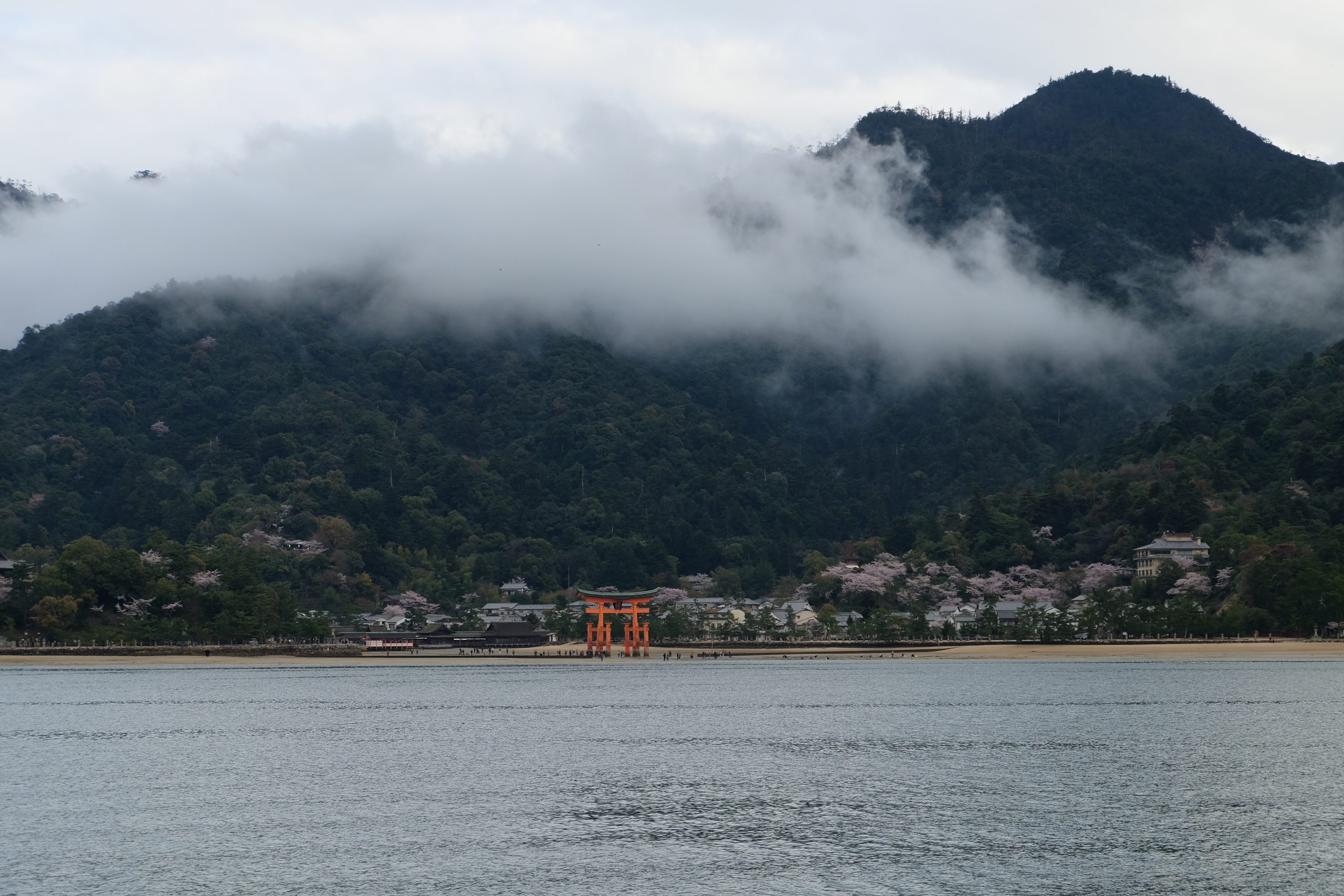
An easy day trip from Hiroshima, Itsukushima Shrine located on Miyajima island is one of the most beautiful and famous Shinto shrines in the whole of Japan. Itsukushima Shrine is most known for its floating torii gate, which seems to stand in the sea during high tide. As you approach the island on the ferry, you’ll be greeted by a stunning torii gate set against a backdrop of thick forest
While the torii looks most impressive during high tide, on low tide you can walk very close to it for lovely pictures. You’ll also encounter sika deer on the island, and although they are equally friendly compared to the deer in Nara, I’ve noticed that these little fellows can be a bit more assertive in their attempts to follow you and snatch food from your hands.
The entire shrine complex has been listed as a UNESCO World Heritage Site, and the area is considered a National Treasure by the Japanese government. There are many wonderful things to do on the Miyajima island. Walk along the main street and eat Hiroshima momiji manju and other autumn leaf shaped foods. This is also the best place to enjoy Hiroshima style oysters.
For a proper retreat, you can even stay the night on the island, and have a bit of extra time to hike the forested trails and take the cable car up the mountain for incredible views.
Naminoue Shrine, Okinawa
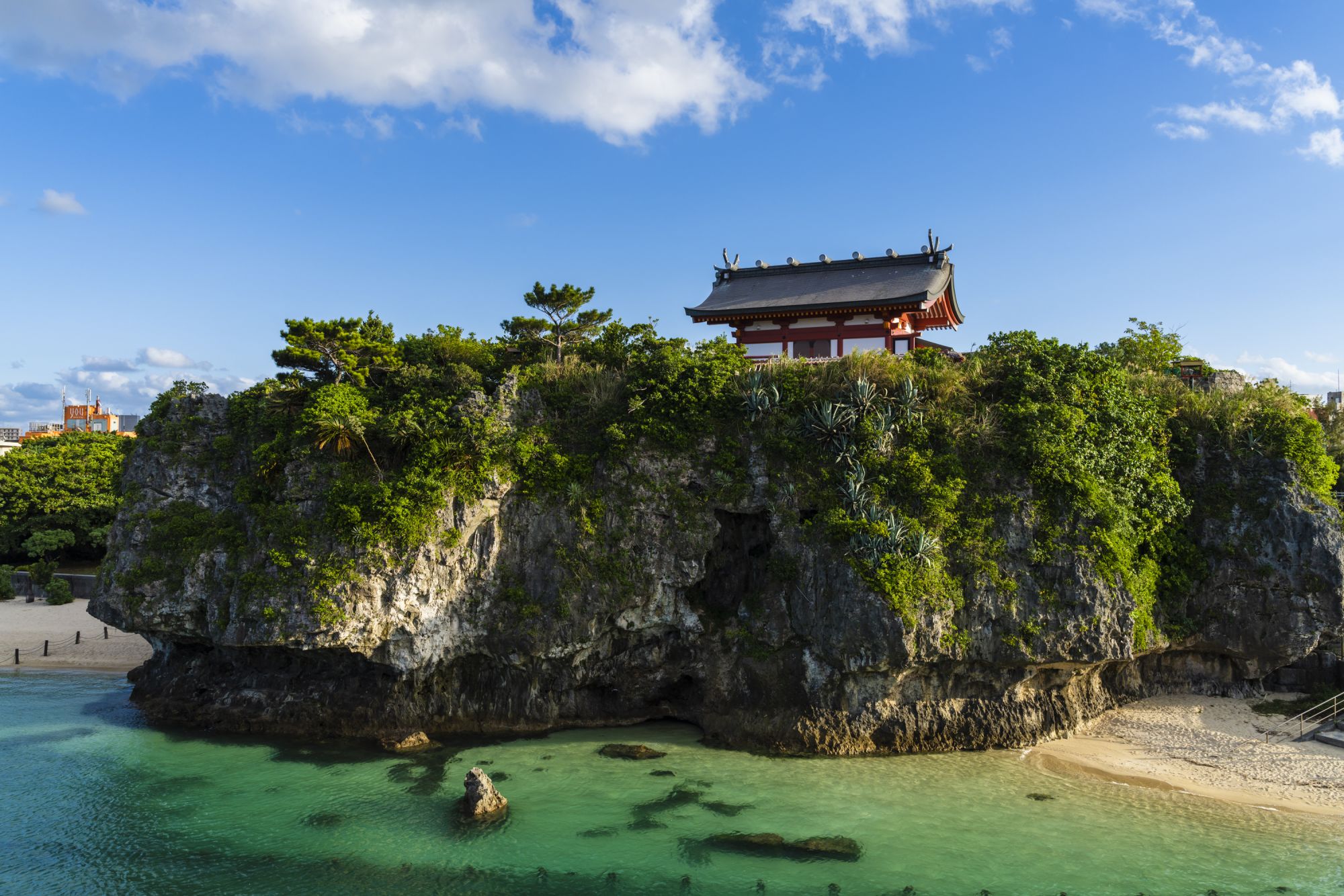
©JNTO
Nominoue Shrine is the most famous shrine in Okinawa, and it’s unique because it’s located on a cliff by the sea, offering a fantastic view of the ocean. It’s dedicated to Nirai Kanai, the mythical source of all life, and the sea gods that reside there.
The exact date of Naminoue Shrine’s construction is unknown, as it has likely existed in some form since the Ryukyu Kingdom period (15th-19th century). The shrine was historically the main place of worship for the Ryukyu monarchs. However, the current buildings date from 1993, as the original shrine was destroyed during World War II and later rebuilt.
After visiting this unbelievable shrine, make your way to the beach located at the bottom of the cliff for superb golden sandy beaches.
Owakudani Valley, Hakone
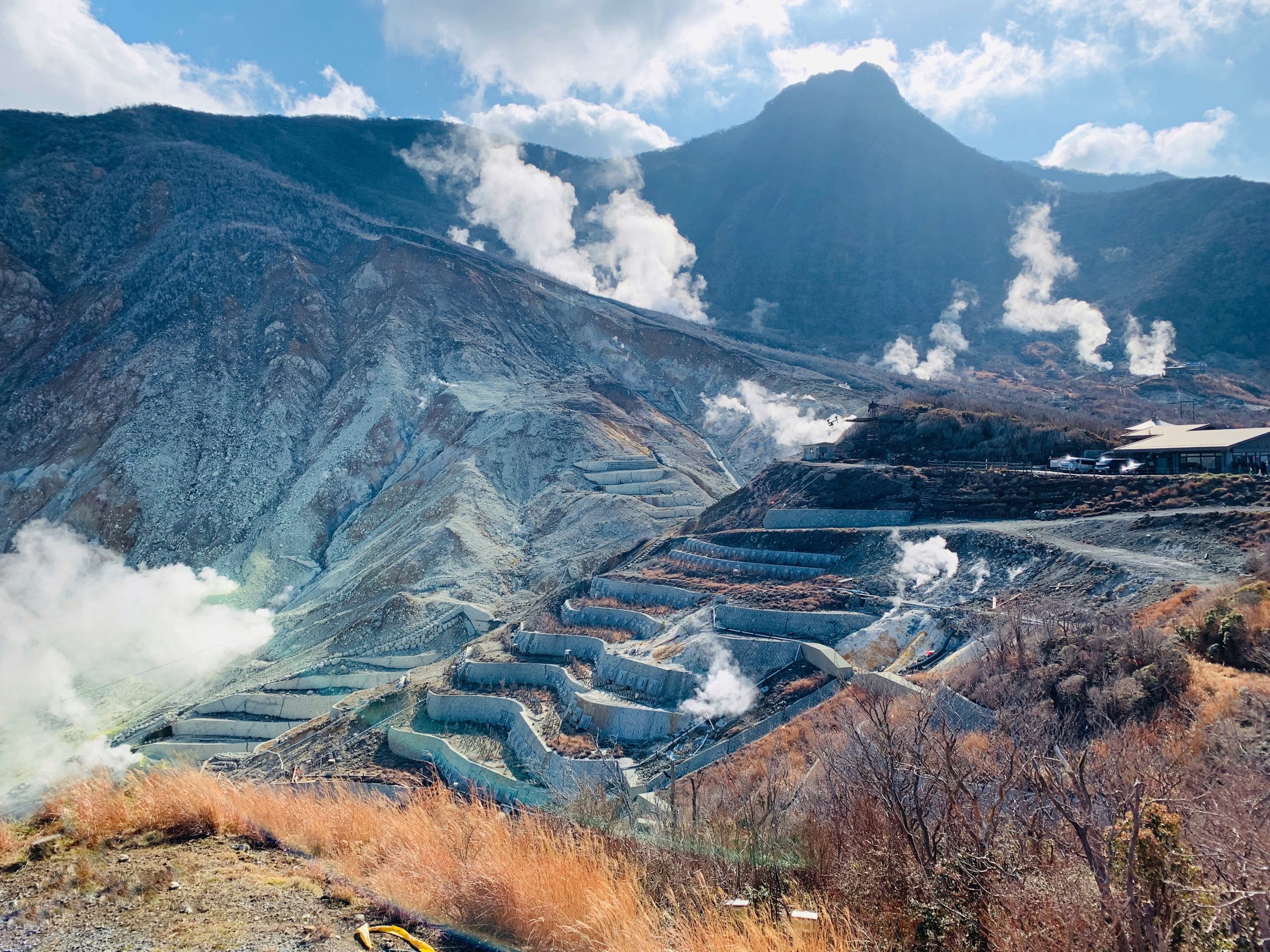
There is no secret that many take a day trip to Hakone from Tokyo to see the Owakudani (Great Boiling Valley). Owakudani is famed for its active volcanic zone with sulphurous fumes, hot springs, and boiling mud ponds.
This dramatic landscape was created by the last eruption of Mount Hakone around 3,000 years ago. You will need to take the Hakone Ropeway to reach this valley and one of the main highlights here is eating kuro-tamago which is a black egg boiled in the hot springs. Eating one is said to extend your life by seven years. If you’re like me, and you’re afraid of heights, I appreciate the trip on the ropeway can feel a bit scary, but I’m here to reassure you that I felt perfectly safe throughout the journey.
Beyond the Owakudani Valley, there are many beautiful things to do in Hakone, including cruising on Lake Ashi, seeing the beautiful Mount Fuji and taking a photo at the Hakone Shrine. The area has many onsen, so it’s a perfect place for a ryokan stay with traditional Japanese hot springs and hospitality.
Nishiyama Onsen Keiunkan
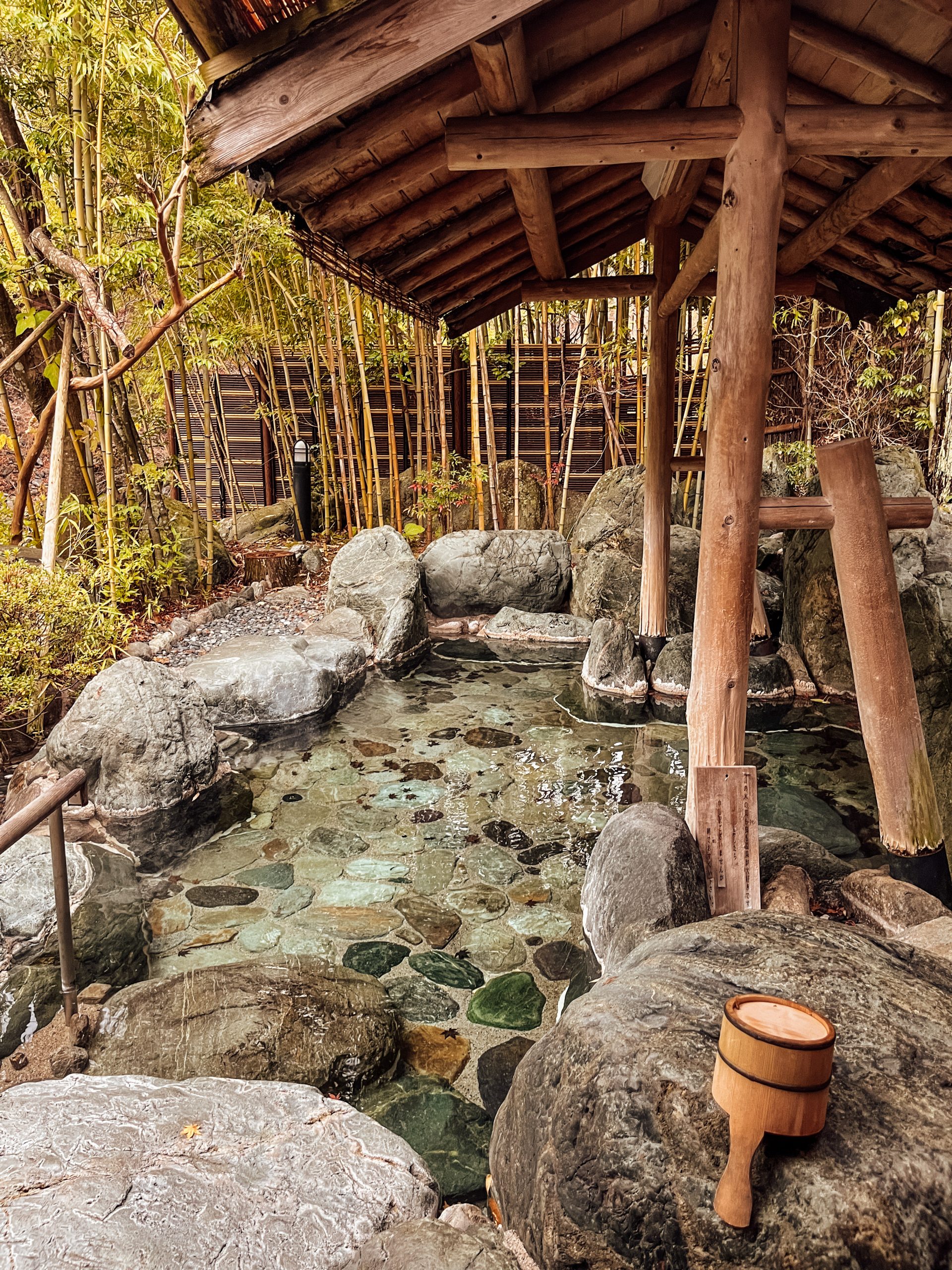
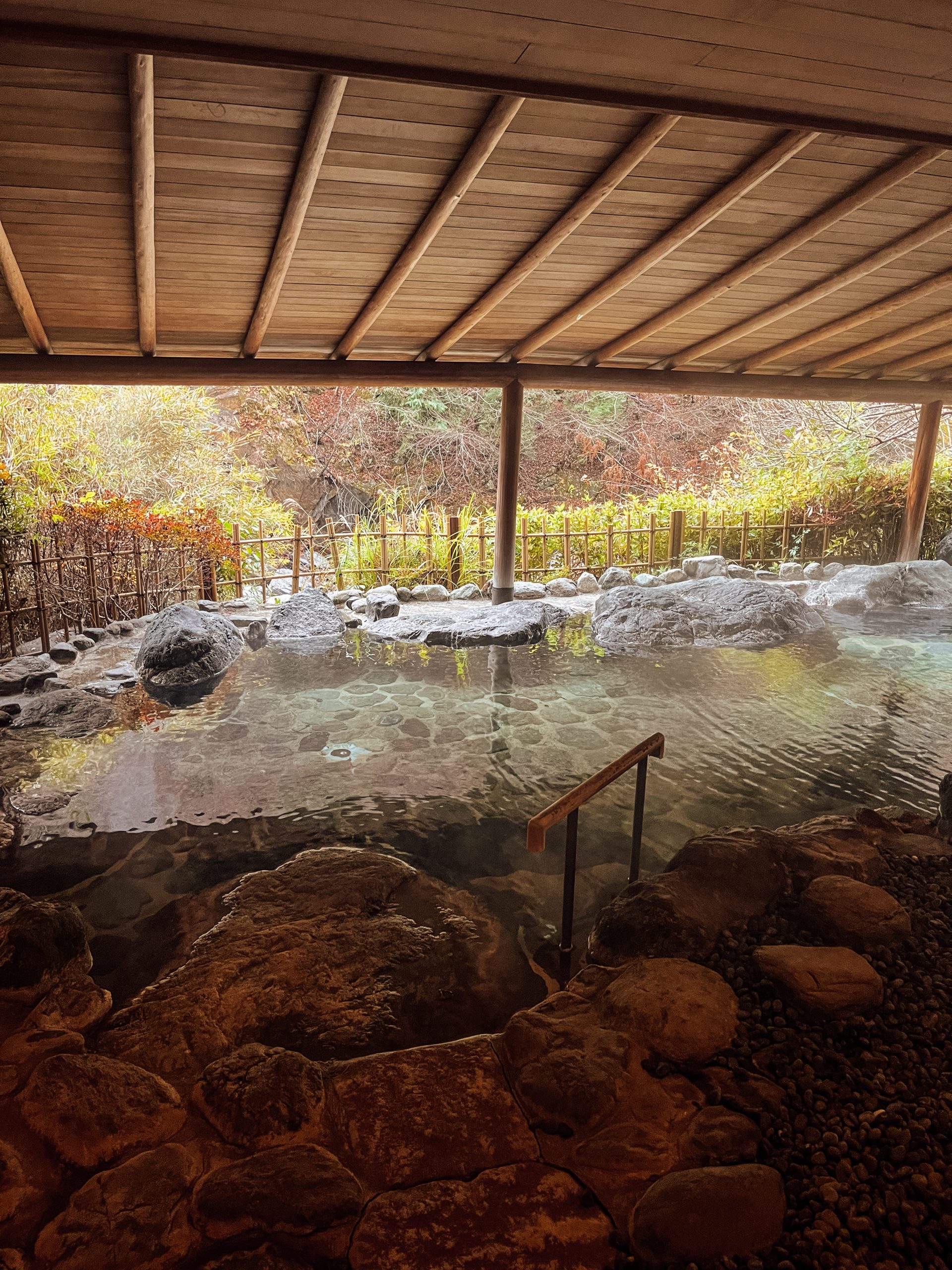
A lesser known attraction that’s quickly gaining international popularity with foreign tourists is a stay at the Nishiyama Onsen Keiunkan. Nishiyama Onsen Keiunkan is the oldest hotel in the world and it’s even in the Guiness World of Records.
Nishiyama Onsen Keiunkan is located around 2 hours drive from Tokyo, in Hayakawa, Yamanashi Prefecture. This hotel has a rich history dating back to 705 AD. From the moment we checked in, we were treated like royalty. This is a luxury ryokan after all, so expect beautiful Japanese style rooms with tatami, exquisite kaiseki dinner and traditional breakfast and access to incredible indoor and outdoor onsen.
When we checked in, we specifically asked for a 30-minute private onsen session to be able to enjoy the hot springs together. It’s good to remember that most onsen are separated by gender so unless you book a private onsen, some married couples will have to bathe separately.
Sapporo Snow Festival
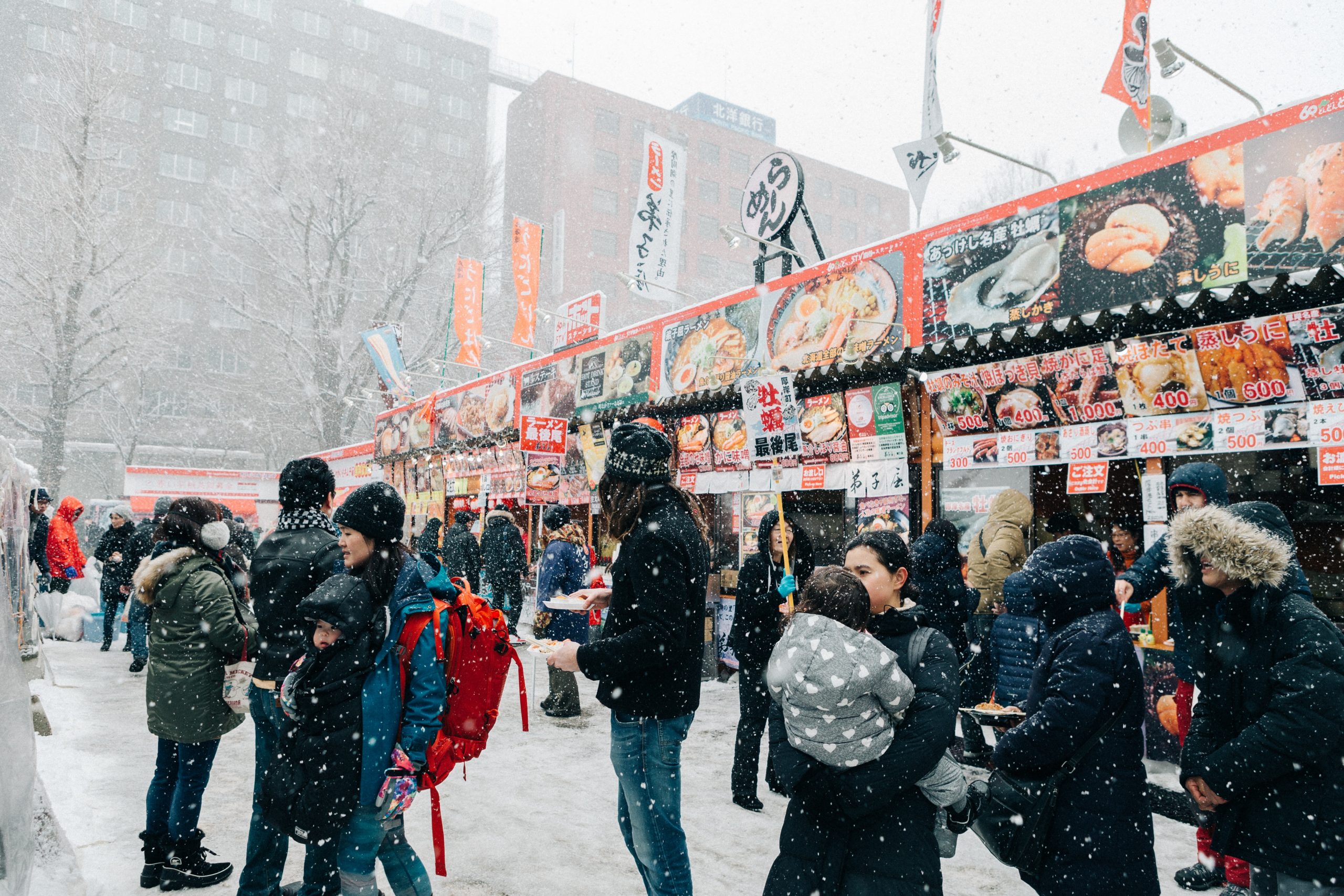
The Sapporo Snow Festival is one of Japan’s most famous and popular winter events, and it draws millions of visitors from around the world each year. The festival is held in Sapporo, the capital city of Hokkaido, the northernmost island of Japan. You’ll see large-scale snow and ice sculptures, some of which are impressive replicas of famous buildings and even characters from pop culture.
Of course, it wouldn’t be a Japanese festival without winter illuminations, music performances and many food stalls. Try delicious yakitori (skewered meat), warm up with takoyaki (octopus balls), sake and hot chocolate. The main part of the festival is usually in the Odori Park, Sapporo. If you’re thinking of attending the festival, know that it lasts for a week in early February. And yes, February in Hokkaido is cold, but the sense of celebration, the fun crowds, and the art scene it’s all make it worth your while.
Art Island of Naoshima
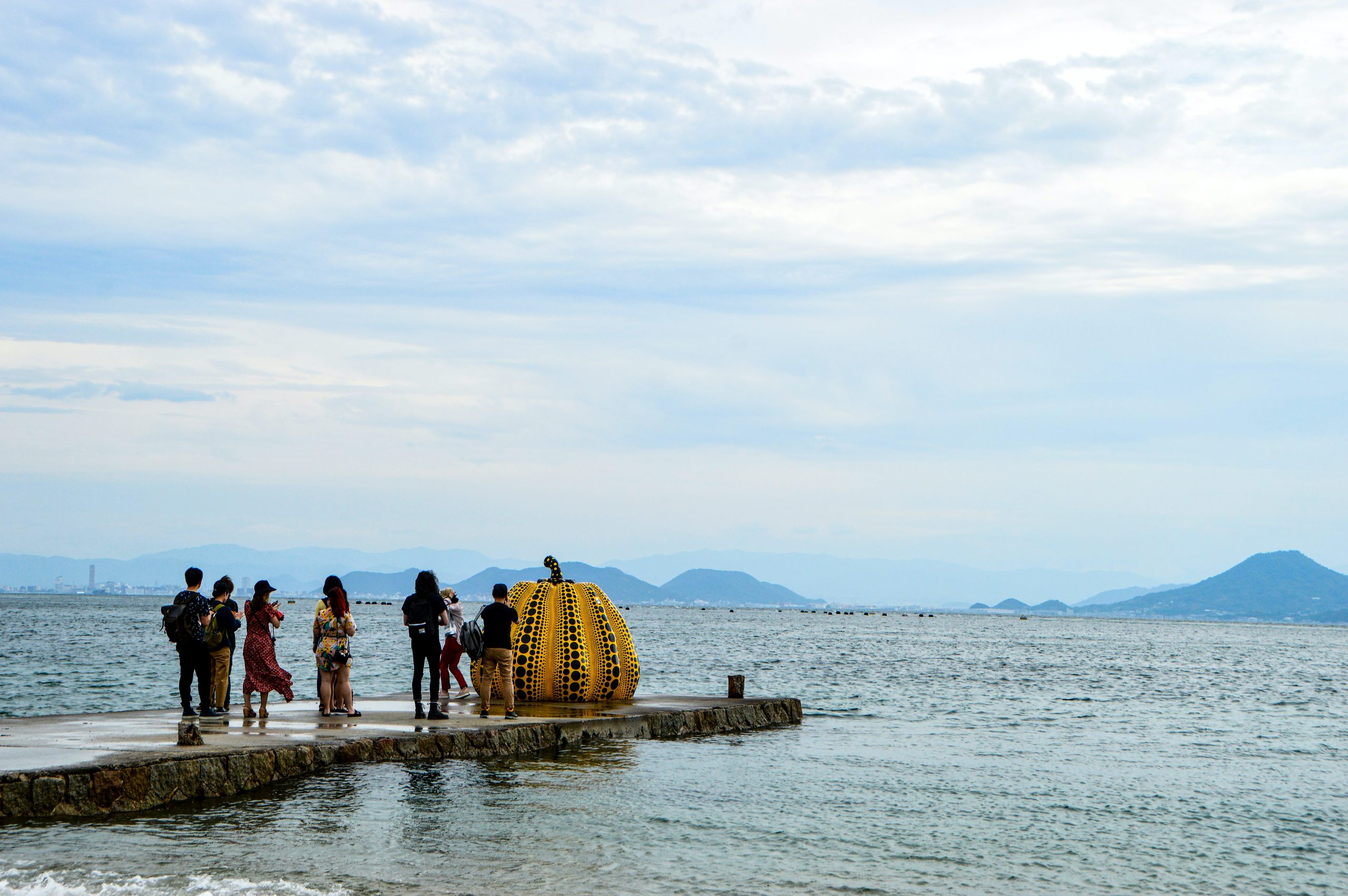
Art lovers are going to love Naoshima, popular for its contemporary art museums, installations, and sculptures. One of the main attractions on the island is Yayoi Kusama’s large yellow pumpkin, which the artist considers a symbol of her childhood and of fertility and life. In 2021, the iconic pumpkin was damaged by a typhoon and was swept into the sea. Not to worry though, as of October, 4th 2022, the pumpkin is back on display for everyone to enjoy and photograph.
The best way to get around the island and see all the top attractions is by renting a bike. Even the main tourism board for Naoshima suggests that cycling is the way to go. There are two different routes you can take. Either the museum route or the art house project route. Both options will ensure that you get to see the famed pumpkin.
Watch Sumo Wrestling
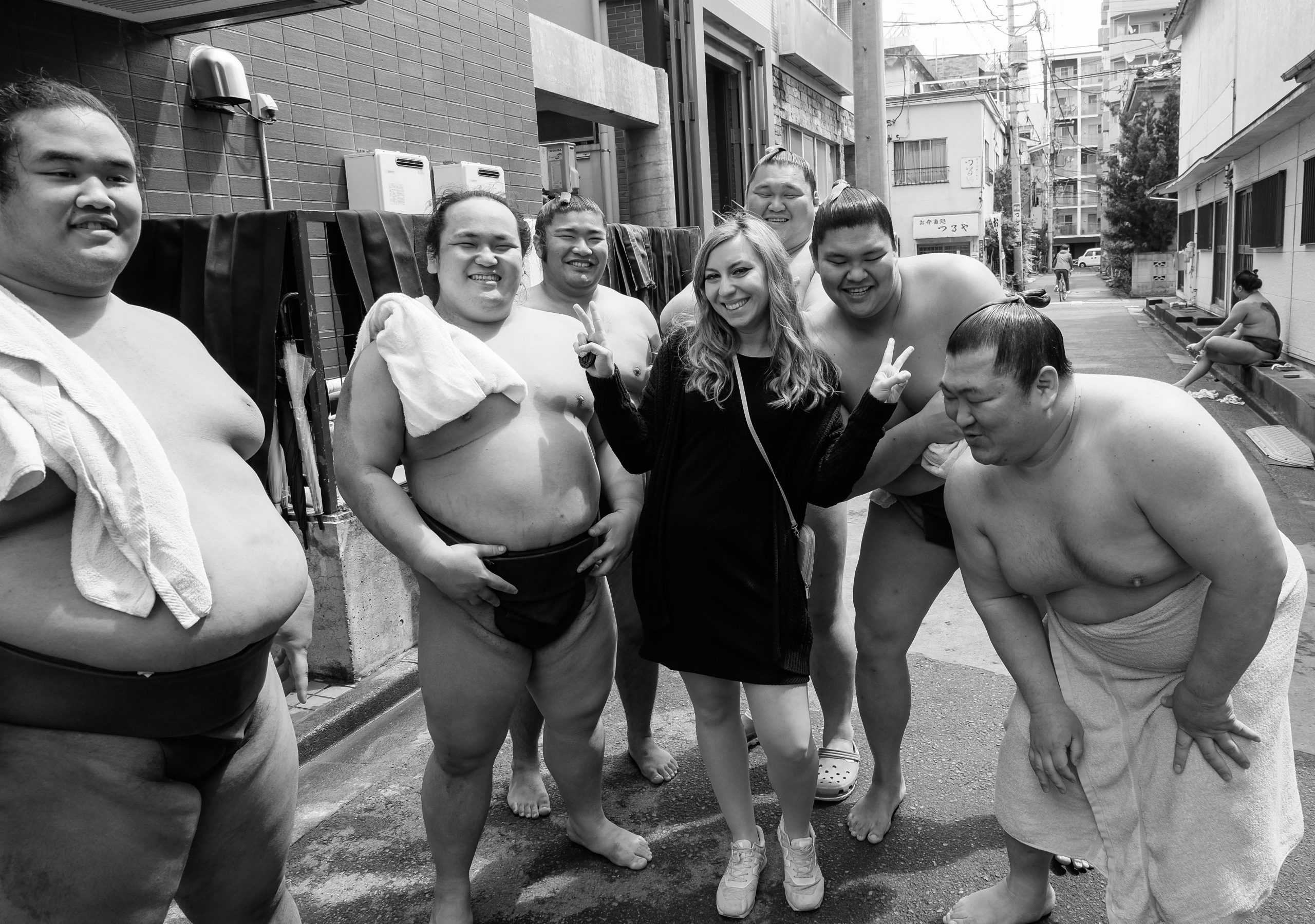
Sumo is the national sport of Japan and while it’s not an attraction in itself, it is an iconic activity to be enjoyed while in Japan. Originating more than 1500 years ago, sumo has deep ties to Shinto, the with elements of the sport serving to purify the ring—a space shared with the gods. What makes it famous is its fusion of athletic prowess, ritual, and the display of manners and respect.
If you’ve not seen a game of sumo before, let me tell you about the basic rules. Each match takes place in a circular ring, and the goal is for a wrestler (rikishi), to force his opponent out of this ring or make any part of his body, besides the soles of his feet, touch the ground.
A typical sumo tournament, known as a basho, lasts 15 days, and wrestlers have one match per day. If you visit Japan outside of sumo season, you can still see sumo wrestlers in action by visiting a sumo stable (known as a heya). Some stables allow public viewing in their morning practice seasons, but you will definitely need a guide with you for this. And of course, remember that these are serious training environments, so please respect all the rules and etiquette given to you by the guide.
Tateyama Kurobe Alpine Route
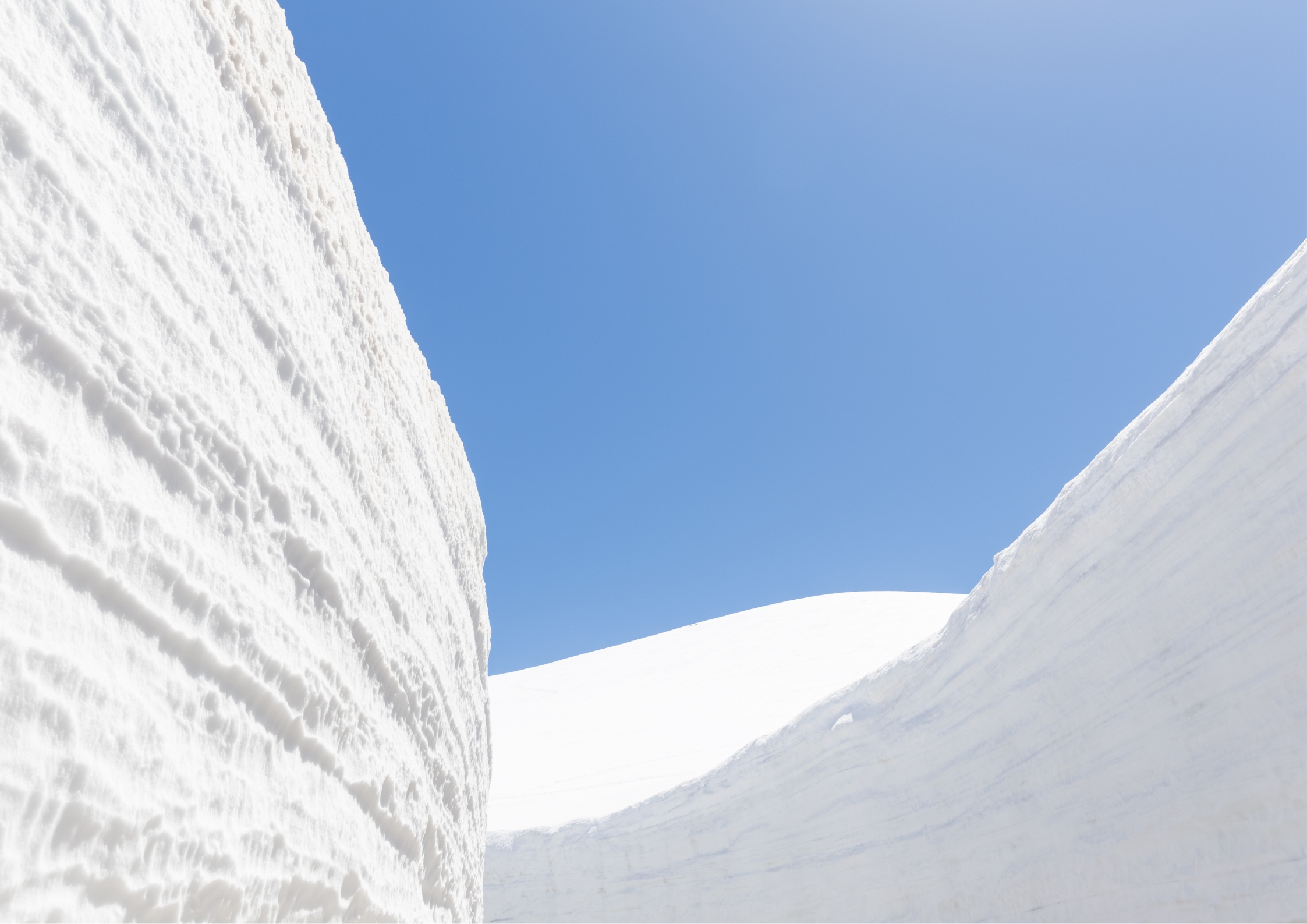
The Tateyama Kurobe Alpine Route is a unique and scenic route through the Northern Japan Alps which is traversed by various means of transportation including cablecars, trolley buses, and a ropeway. And while the route has many popular sightseeing spots, most people come here for the deep snow corridor (available for viewing from mid-April to mid-June).
You can also see the high-altitude Murodo Plateau, Kurobe Dam and, of course, lots of beautiful landscape. Kurobe Dam is Japan’s tallest dam and an absolutely gorgeous spot for nature lovers.
To do the route, board the Tateyama Cablecar from the Tateyama Station. The route is well signposted and staffed, and various transportation methods are timed to connect smoothly, making the trip straightforward. Travelling the entire route, one way, takes about 6-7 hours including transfers. To fully enjoy the scenery and various attractions along the route, it’s wise to spend at least one night at accommodations on the route, such as Murodo or Midagahara.
Shirakawa-go
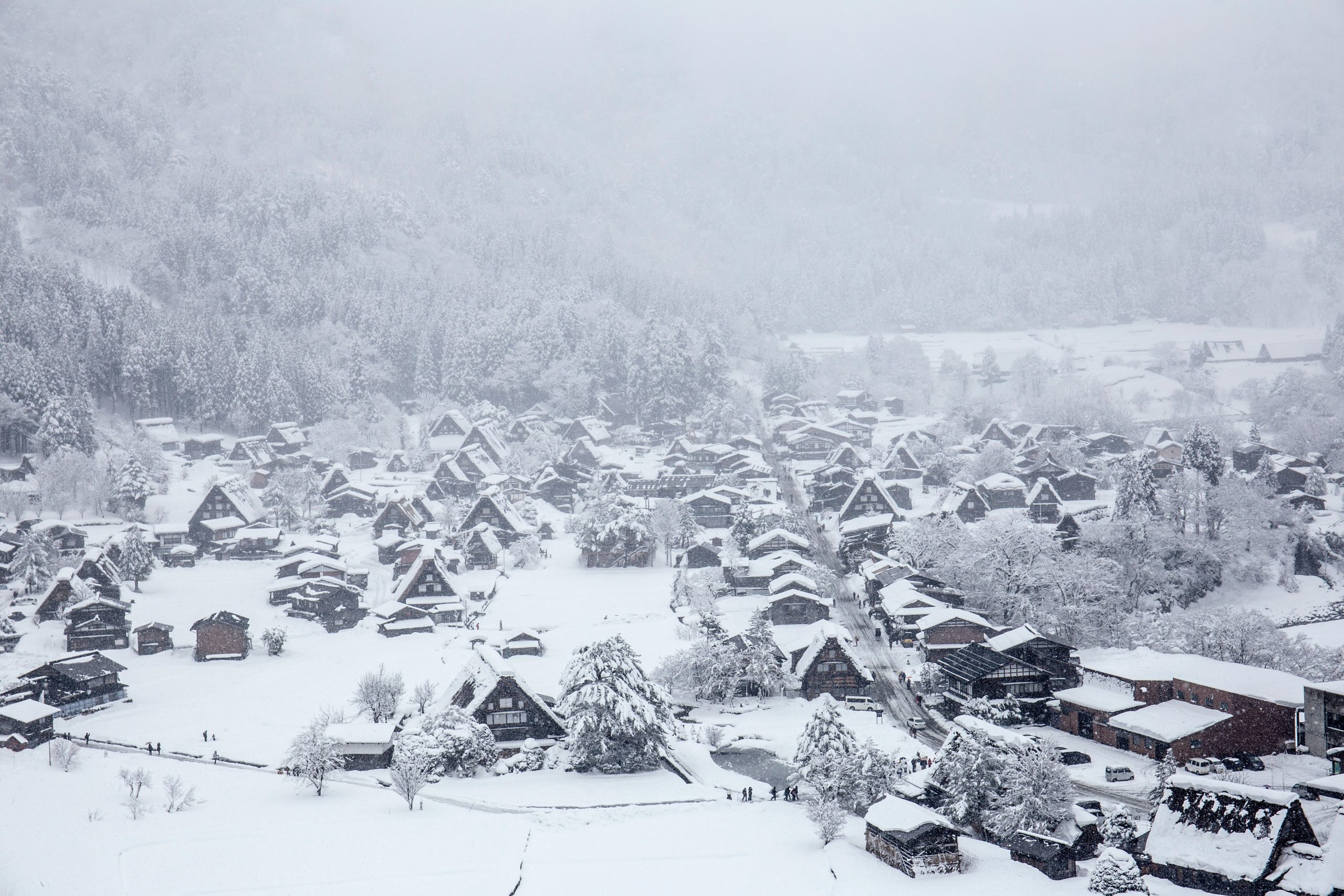
Shirakawa-go is renowned for its traditional gassho-zukuri farmhouses, some of which are more than 250 years old. The term gassho-zukuri refers to the architectural style of the houses, which have steeply slanting thatched roofs that resemble hands joined in prayer (gassho).
The village is beautifully preserved and offers a window into the traditional rural lifestyle of Japan. It has been declared a UNESCO World Heritage site due to its cultural and architectural significance.
In my experience, it’s easier to spend the night in Kanazawa, then take a day trip to Shirakawa-go. The only way to reach the village is by bus, and the bus journey takes about 2.5-3 hours from Kanazawa.
Jigokudani Monkey Park
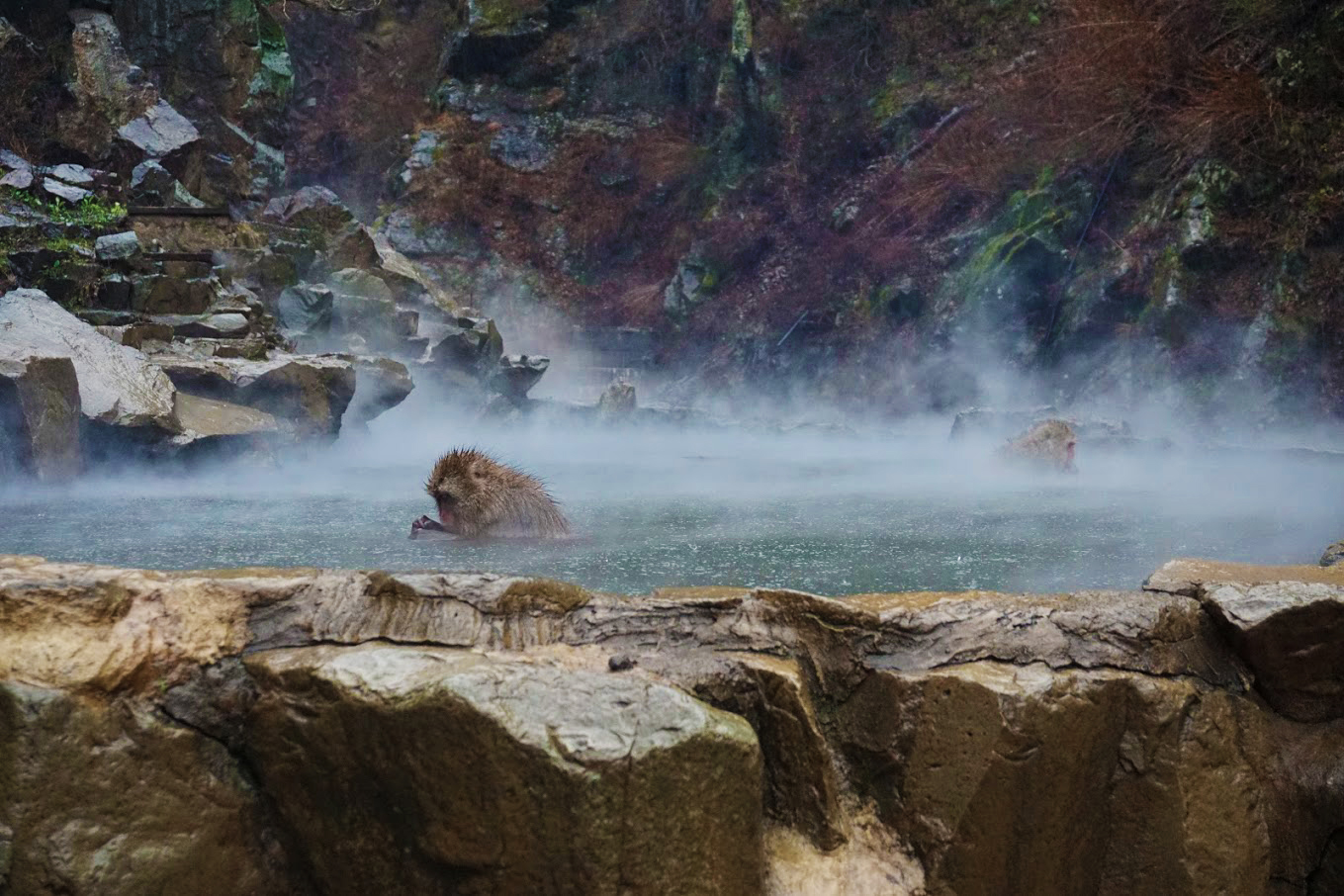
Jigokudani Monkey Park is renowned for its population of wild Japanese macaques, or snow monkeys, that go to the valley during the winter to sit in the warm waters of its natural hot springs. Seeing the Snow Monkey Park was top of my list of places to visit in Japan on my first trip. It is quite a trek for a day trip from Tokyo, but if your dream is to see snow monkeys enjoying the hot springs, then this place is perfect for you. You will need to take a couple of trains and change to a bus, then walk through a cedar forest to the entrance to the park.
Jigokudani a popular destination for photographers and nature lovers. It’s one of the few places in the world where monkeys bathe in hot springs. The best time to visit is during the winter when the area is covered in snow. Besides, the colder the weather, the most likely that you’ll see the monkeys bathing in the warm water. I visited in December on a rainy day. While there was no snow around, it was cold enough to see the Japanese macaques in the hot springs.
Yakushima Island
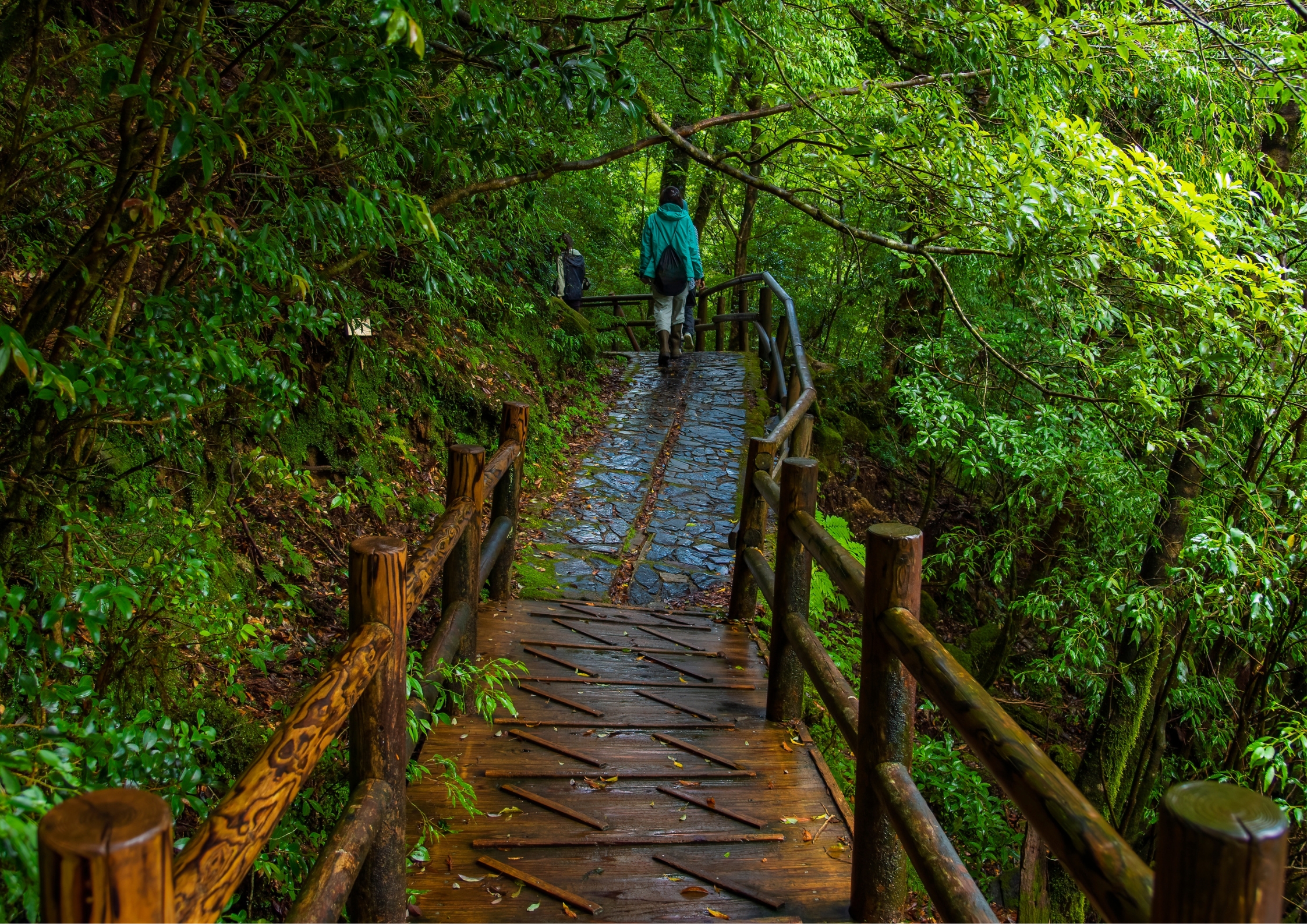
If you can imagine the most pristine and wild nature in Japan, chances are, it’s on the Yakushima Island. Yakushima has ancient cedar forests that look out of Jurassic Park, beautiful mountain peaks, waterfalls, and coastal areas. The main attraction is the Jomon Sugi, which is believed to be up to 7,000 years old and is one of the oldest trees in the world. Even more importantly, for anime fans, the island’s lush forests served as an inspiration for the Studio Ghibli film “Princess Mononoke”.
To get to Yakushima, you can take either a plane or a ferry. There are multiple ferries operating from Kagoshima, some which are very fast (less than 3 hours) and others which operate overnight. If you prefer flying, it takes 3 hours to get to Yakushima from Tokyo. Fly from Haneda Airport to Kagoshima Airport (2 hr) then change flights to Yakushima Airport (40 min).
Kenrokuen Garden, Kanazawa
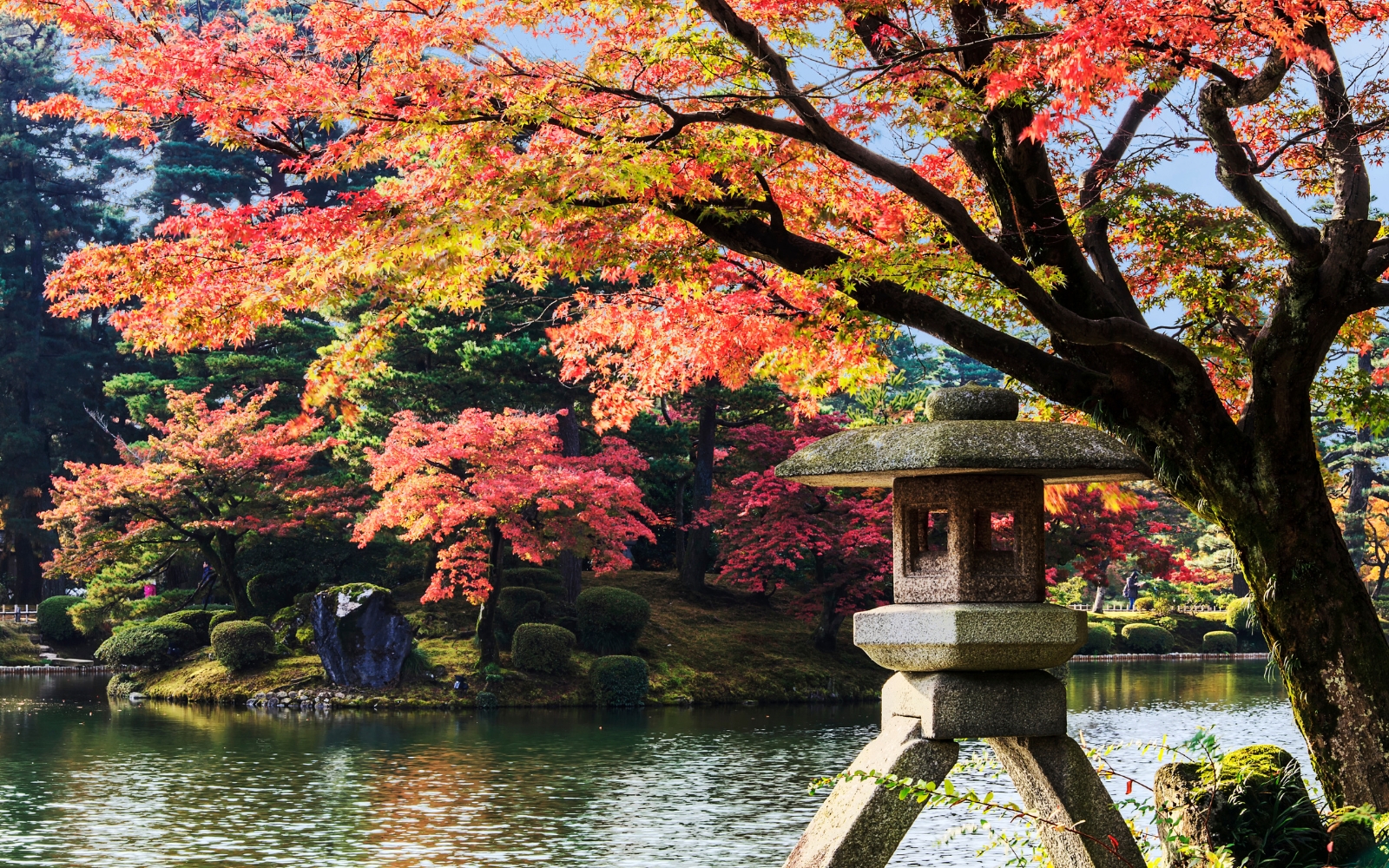
Kenrokuen, located in Kanazawa, is known as one of the Three Great Gardens of Japan and is celebrated for its beauty in all four seasons. The name Kenrokuen translates to Garden of the Six Sublimities, referring to the six aspects (spaciousness, seclusion, artificiality, antiquity, abundant water, and broad views) that are considered crucial for the ideal landscape garden.
Kenrokuen Garden was gradually developed over more than 200 years, from the 1620s to the 1840s, by the Maeda clan, who ruled the Kaga Domain. Despite suffering significant damage in a major fire in 1759, elements of the garden survived and continued to be used. The Shigure-tei teahouse, built in 1725, was one of the structures that miraculously withstood the fire. It provided evidence of the tea ceremony culture that had a significant influence on the garden design. It underwent restoration during the Meiji period and remains a part of the garden today.
Nakasendo Trail
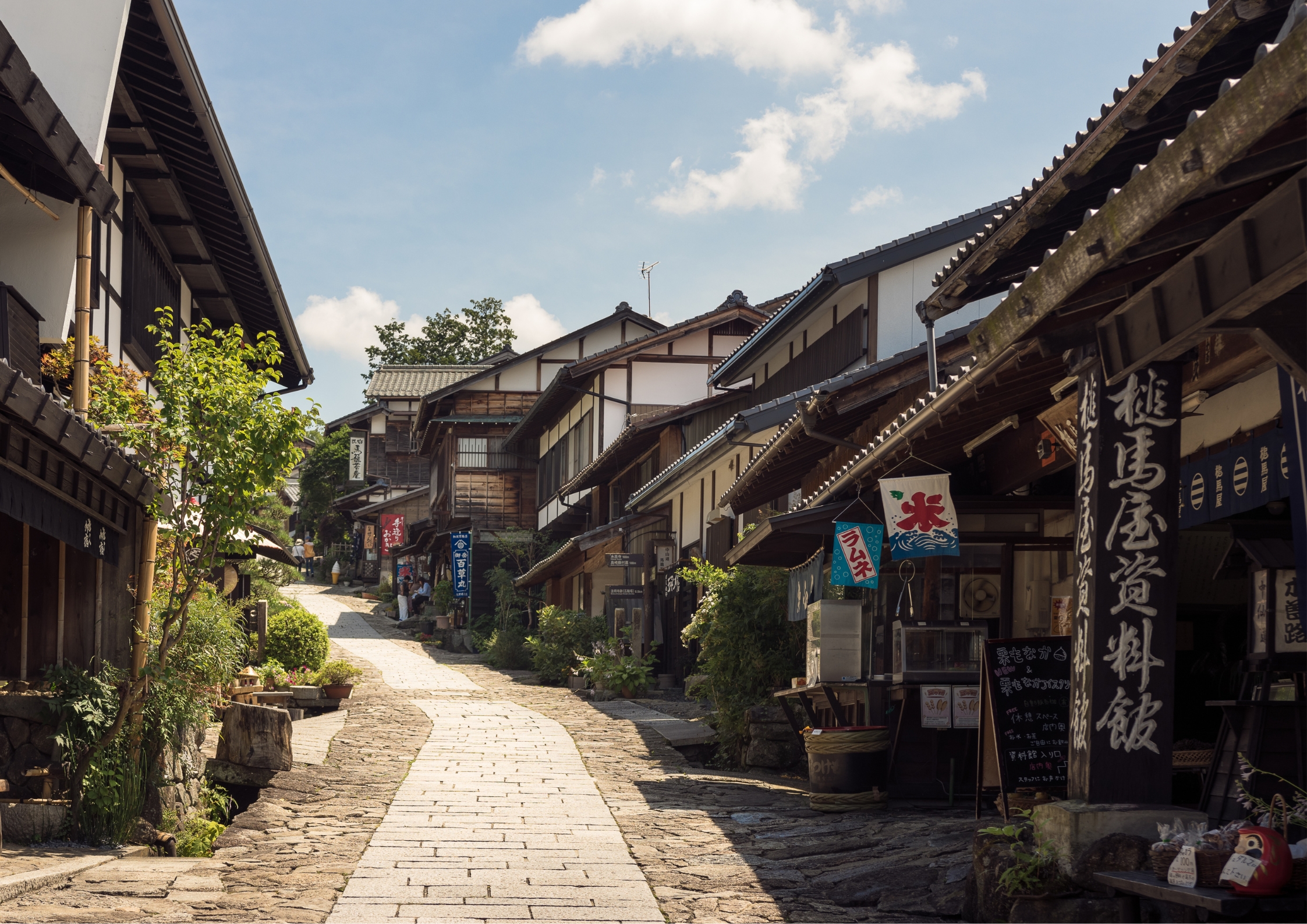
The Nakasendo trail starts in Kyoto in the west and ends in Tokyo (originally Edo) in the east, but the most scenic part of the trail that everybody loves is between Magome and Tsumago. The Magome to Tsumago section is very well maintained and mostly travels through rural scenery, with some uphill and downhill sections but no rigorous mountain climbing.
Magome offers delightful eateries, snack shops, souvenir stores, and traditional Japanese inns (ryokans) along the path. Before embarking on the hike, take your time to enjoy Magome’s offerings.
Tsumago, also known as “wife and basket,” is a captivating village with a charming collection of traditional Japanese wooden houses, shops, and additional ryokans.
The Nakasendo trail can be hiked year-round, but spring (March-May) and autumn (October-November) are often considered the best times to visit. Summers can be hot and humid, and winter will see some areas covered in snow.
Onsen in Kyushu
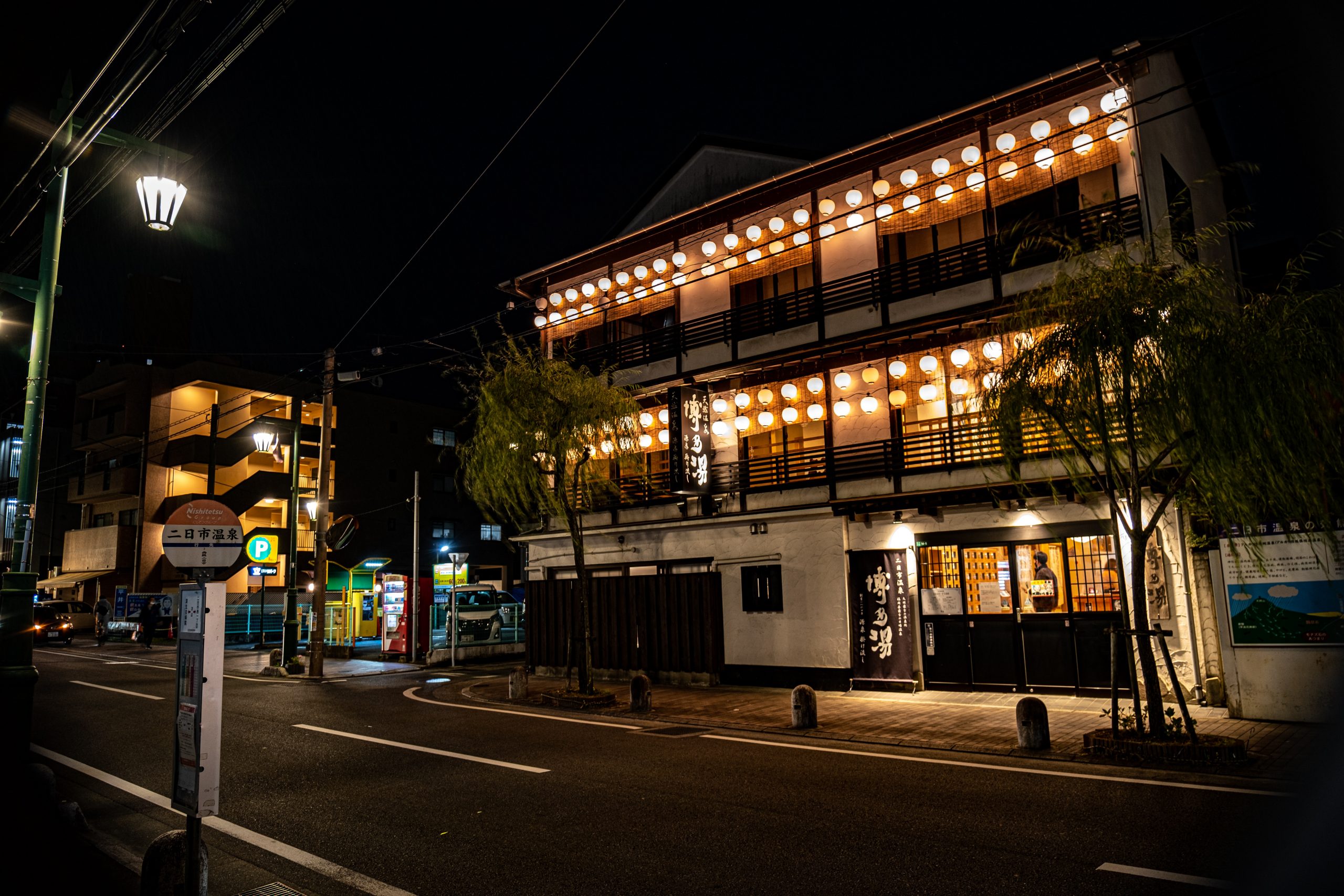
Kyushu, the southernmost of Japan’s main islands, is one of the most abundant and diverse onsen areas in the country, making it a very popular tourist attraction. There are many notable onsen towns throughout Kyushu, and some are even in the city of Fukuoka. Beppu, located in Oita Prefecture, is one of Japan’s most famous hot spring resorts and boasts the largest volume of hot spring water in the country, second only to Yellowstone National Park in the world.
Kagoshima’s Ibusuki onsen is probably the most unusual onsen experience ever, where you will be buried in naturally heated sand for about 10 minutes. Don’t worry, it’s not actually scary, but a very relaxing experience.
Foreigners are not only allowed but also highly encouraged to experience onsen when visiting Japan. It’s a key part of Japanese culture that offers relaxation and a main Japanese tradition. Please learn and respect the customs associated with onsen bathing, such as washing oneself before entering the bath and not bringing towels into the water. Also remember to check the rules surrounding having tattoos.
Great Buddha of Kamakura
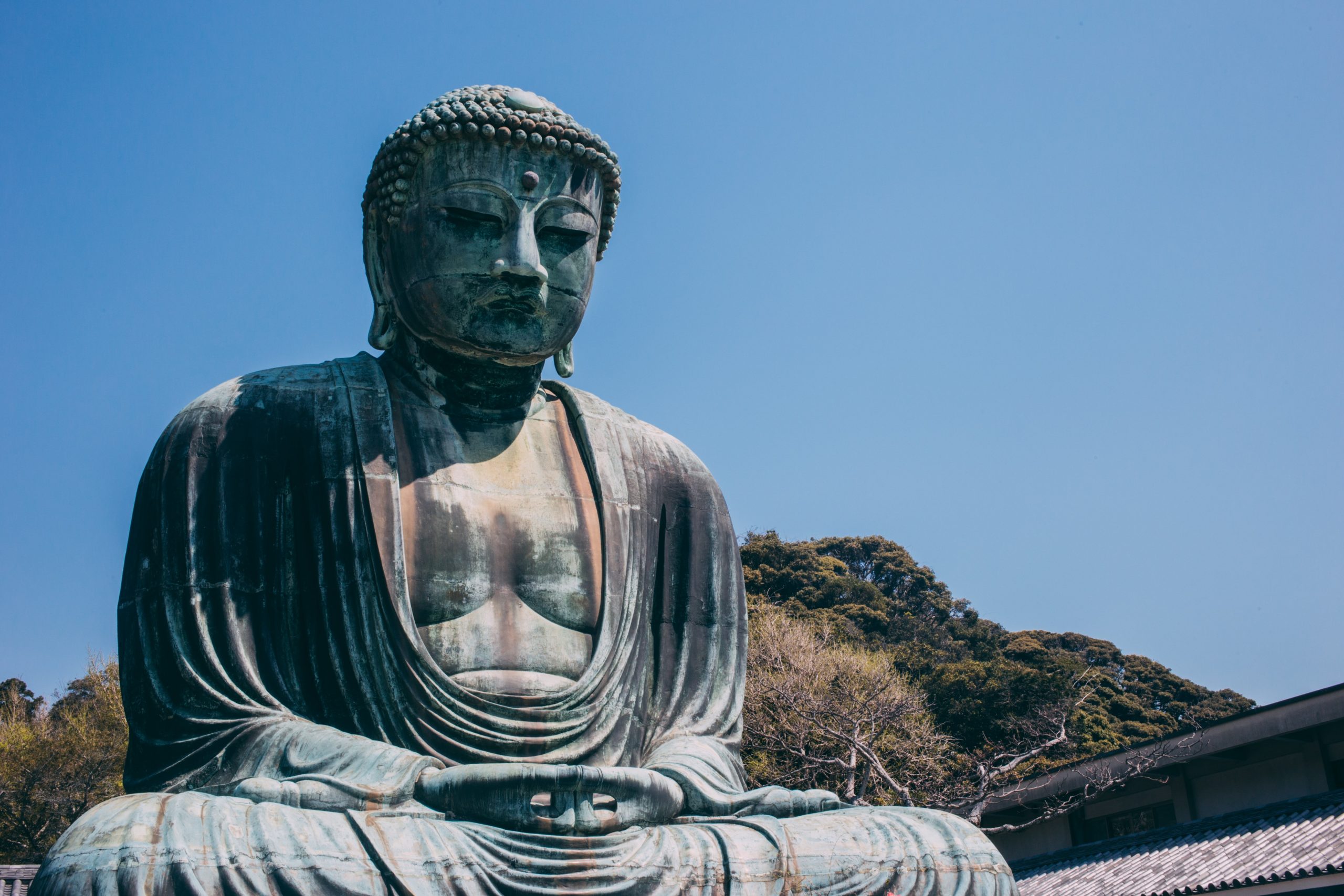
The Great Buddha of Kamakura, also known as Kamakura Daibutsu, is a bronze statue of Amida Buddha, which stands on the grounds of the Kotokuin Temple. With a height of approximately 11.4 meters, it’s the second-tallest bronze Buddha statue in Japan, following the statue in Nara’s Todaiji Temple. Kamakura is an easy day trip from Tokyo, ideal to add to your Japan itinerary.
The statue was cast in 1252 during the Kamakura period (1185-1333), a time of great significance in Japanese art history when the “Kamakura Realism” style was popular. This style focused on more naturalistic and lifelike representations, and the Buddha statue is a great example of this, as it has a calm yet expressive face that reveals a sense of living spirit and presence.
The Great Buddha of Kamakura is important not only as a testament to the technical prowess of its creators but also as a symbol of endurance. It was initially housed in a large wooden hall, but the building was washed away by a tsunami in the late 15th century. Despite being exposed to the elements for several centuries, the statue has remained standing.

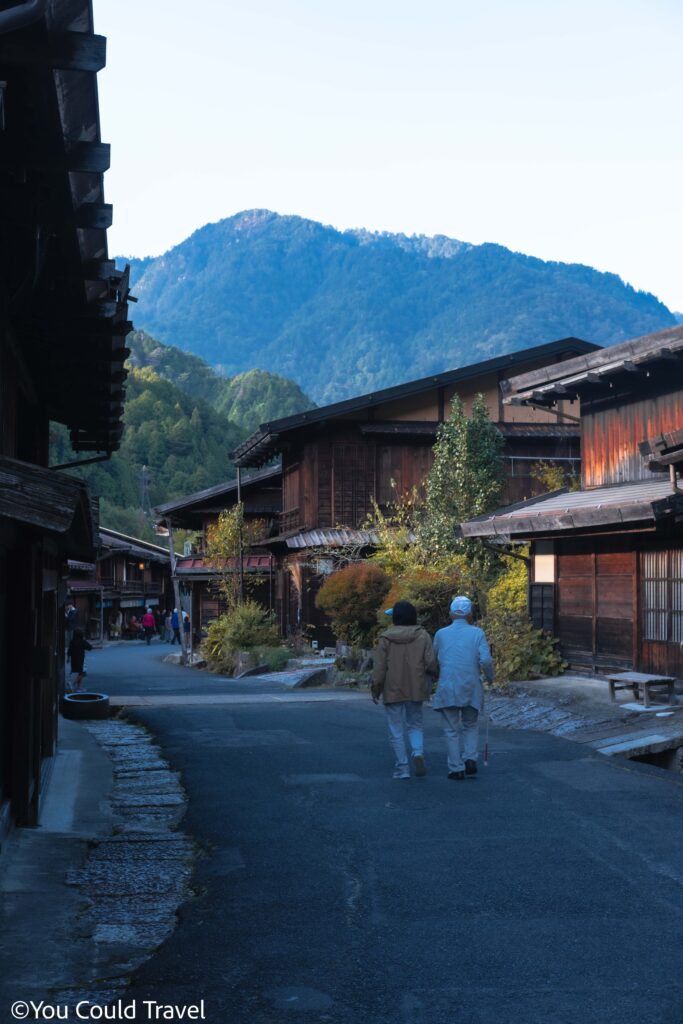
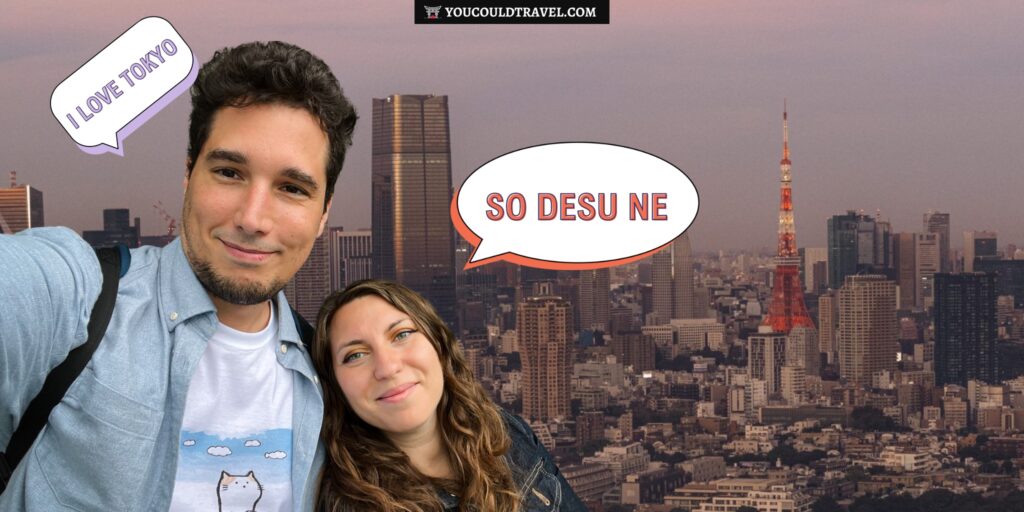
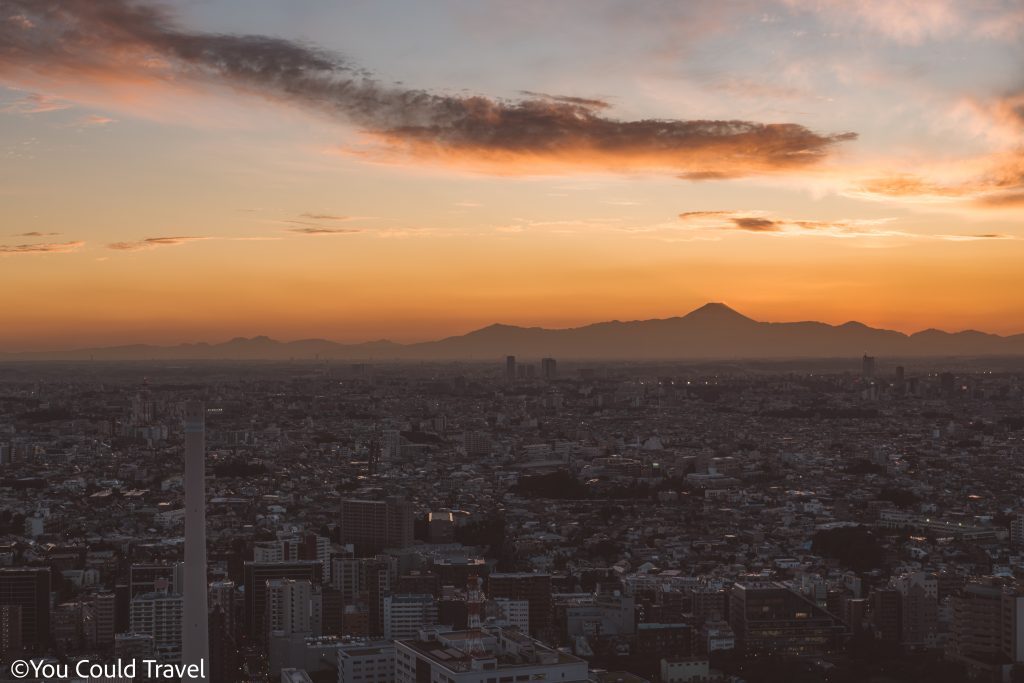
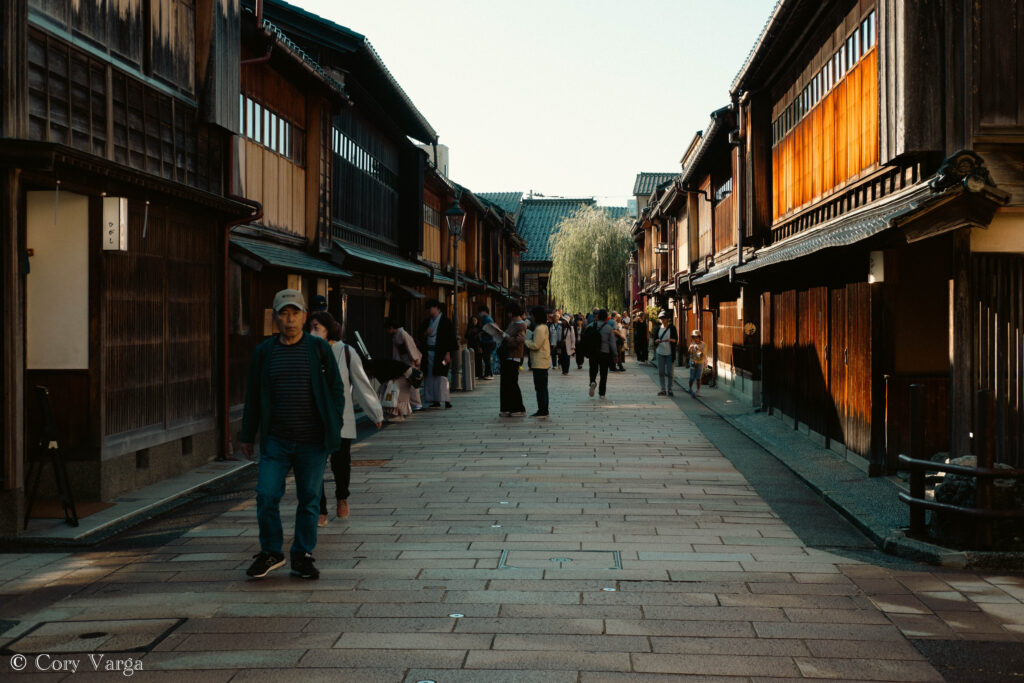
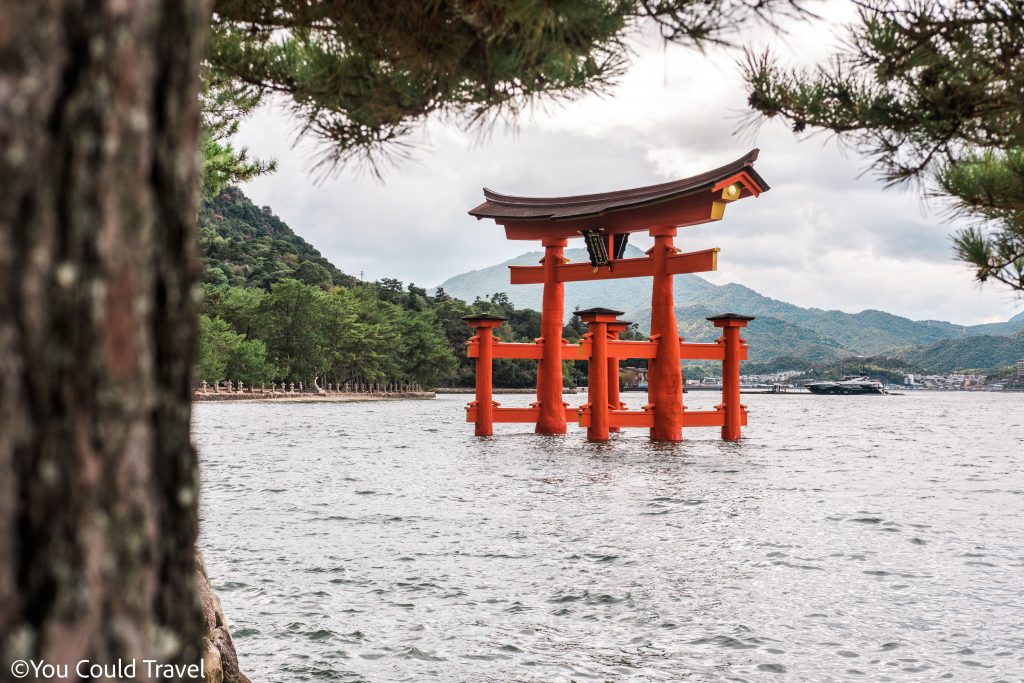
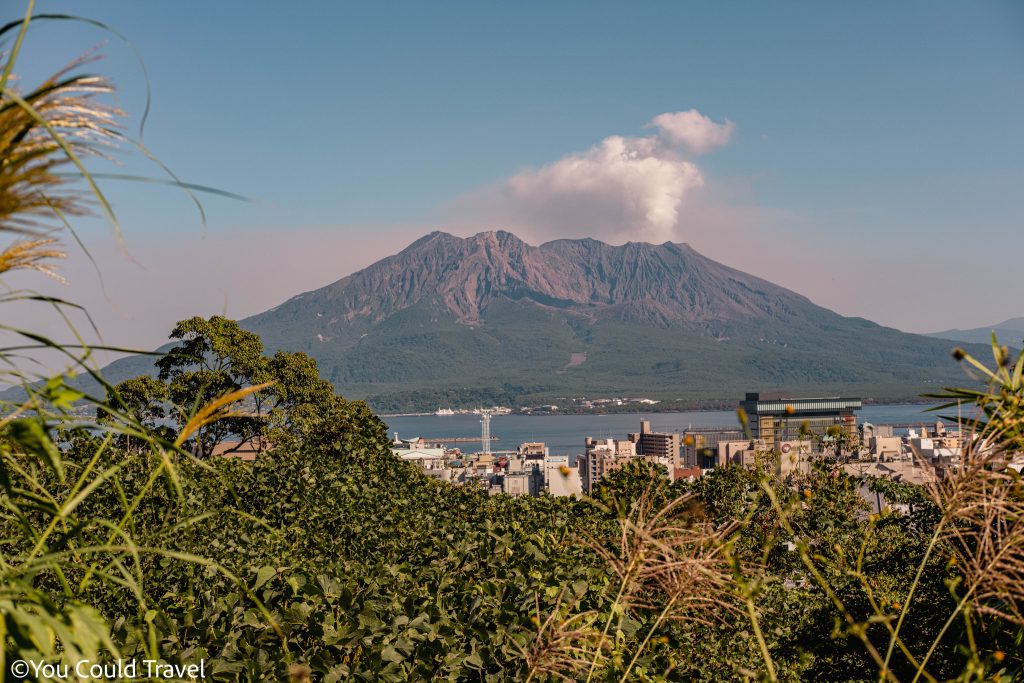
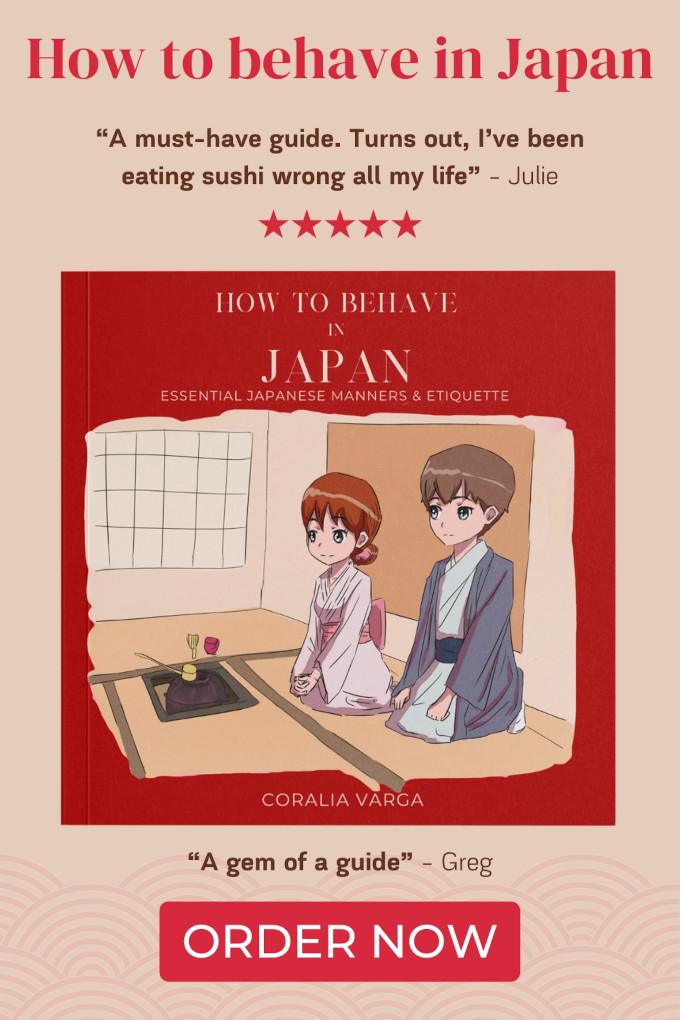

Leave a Reply